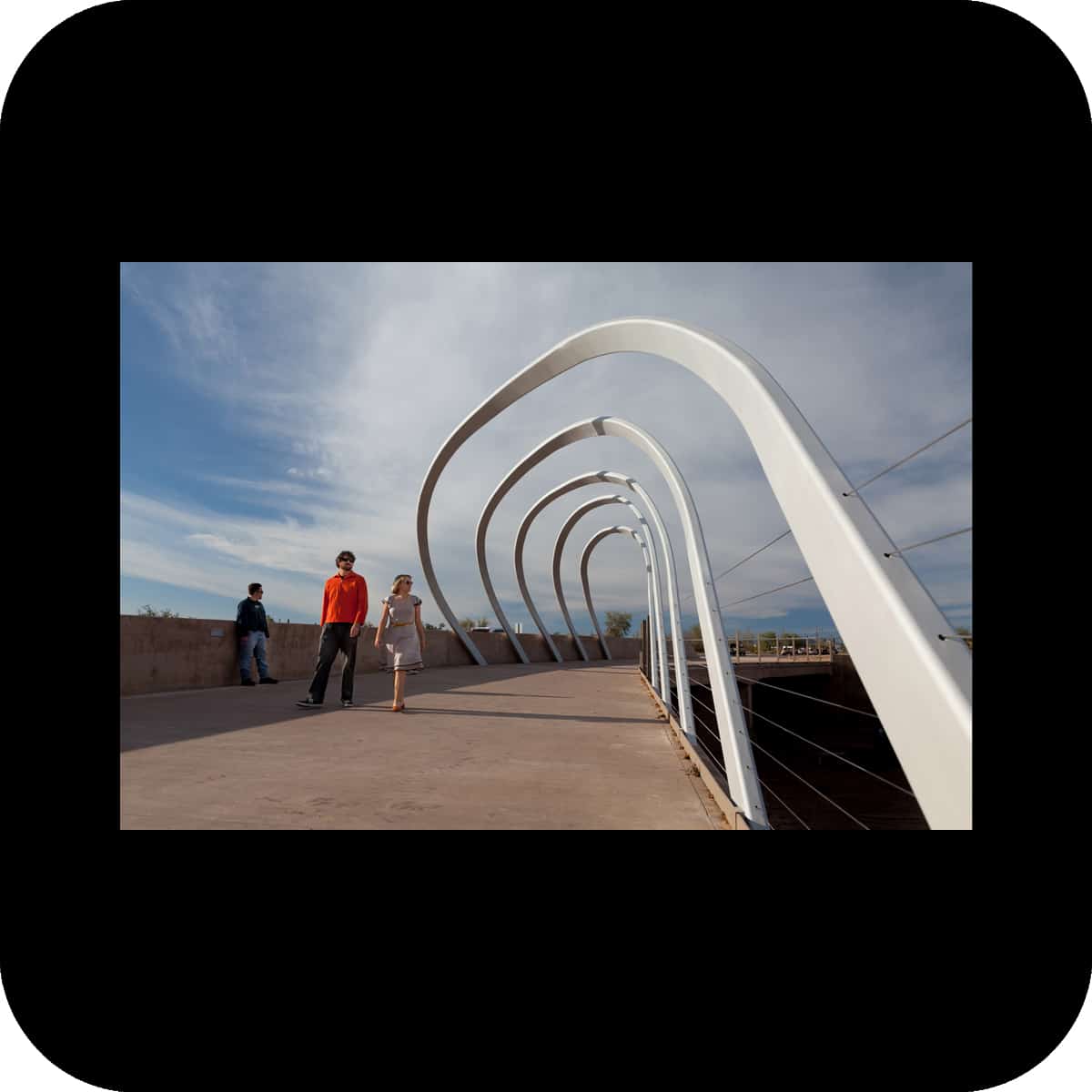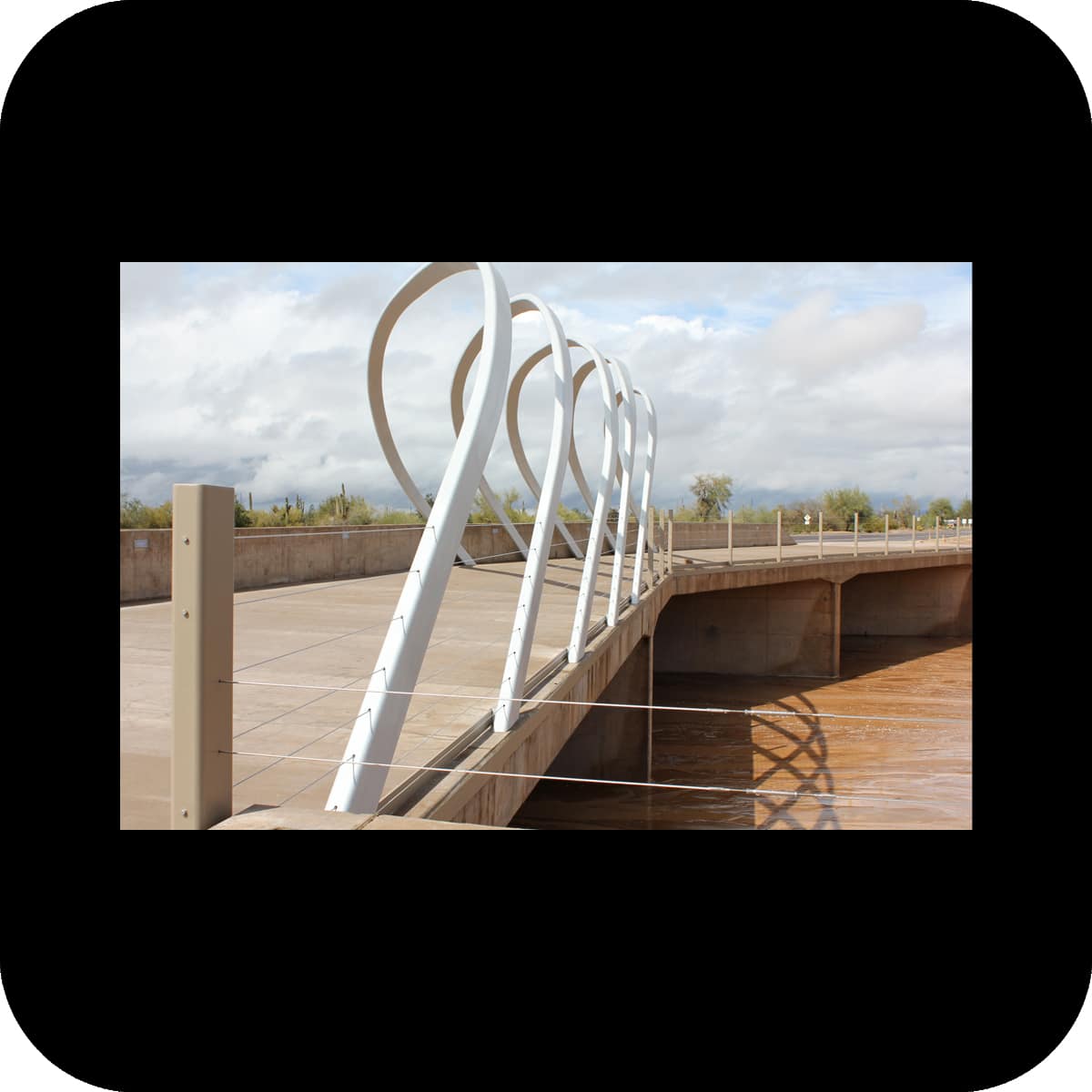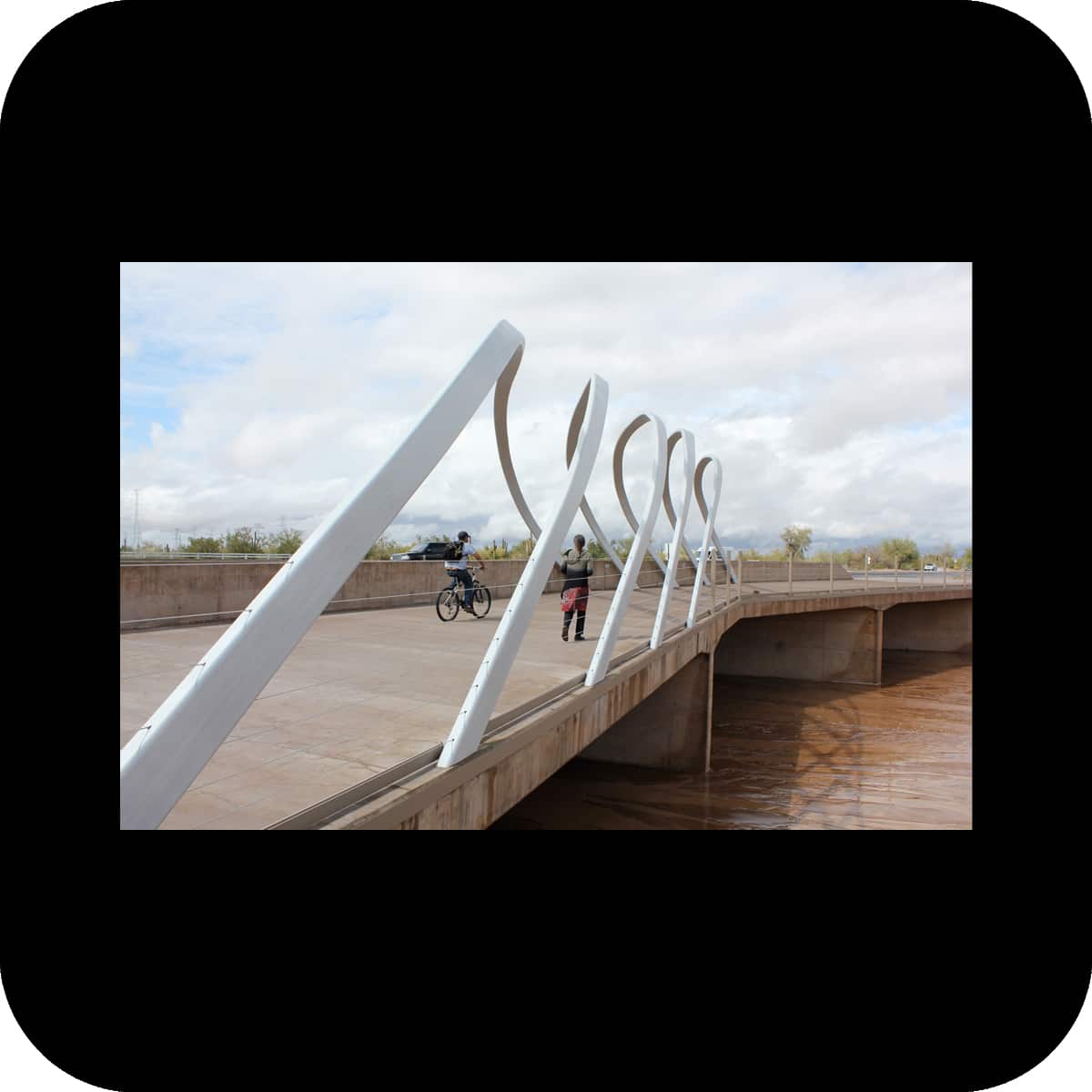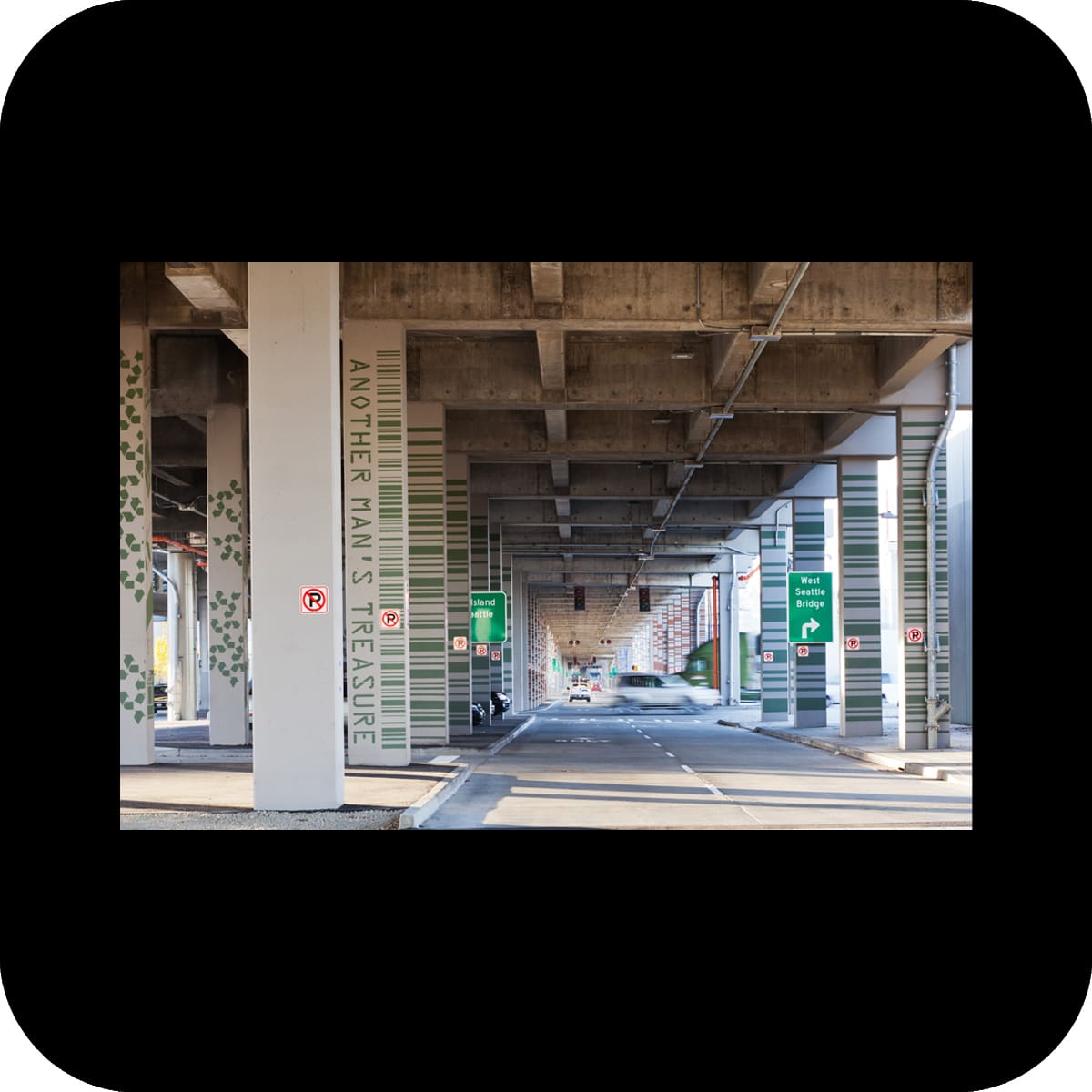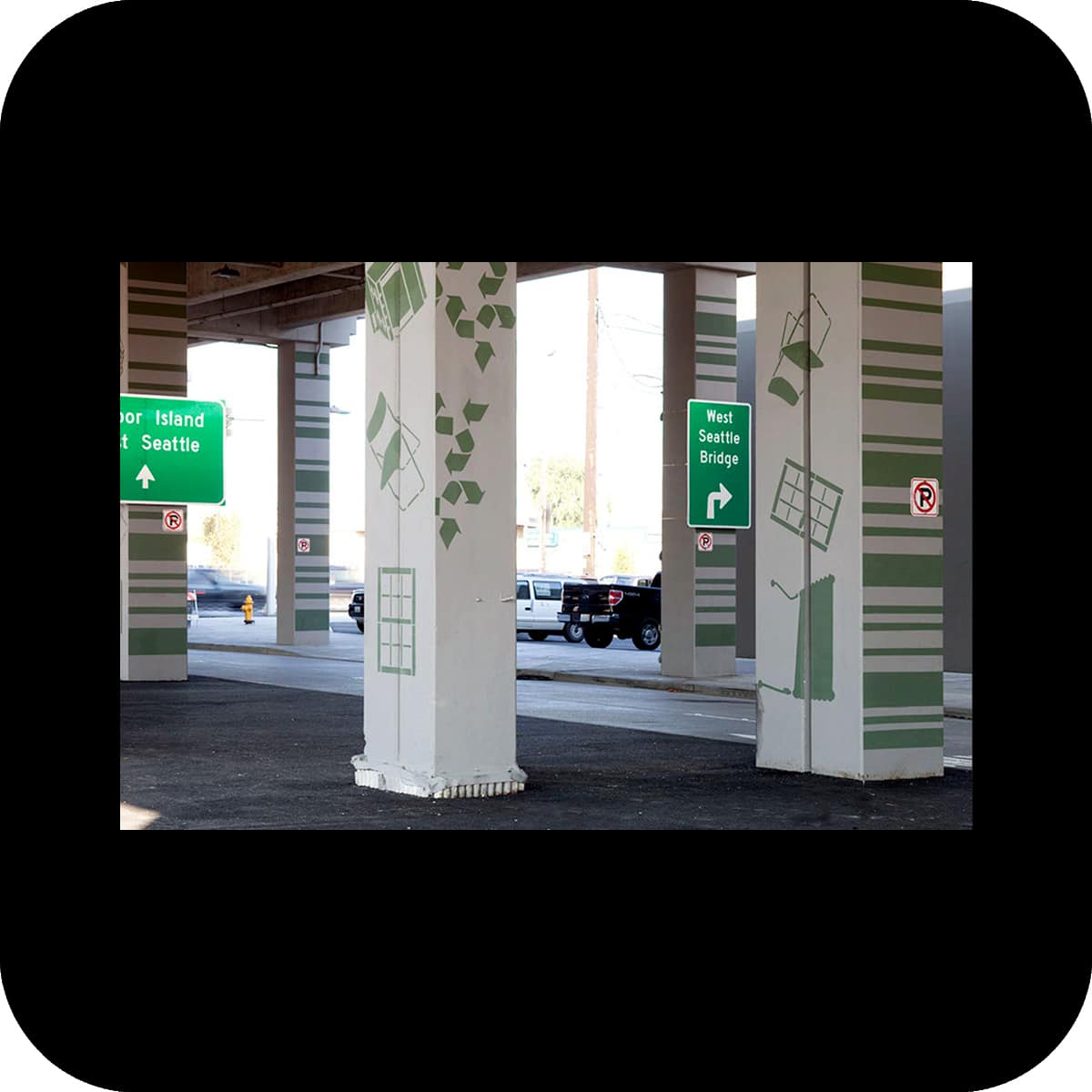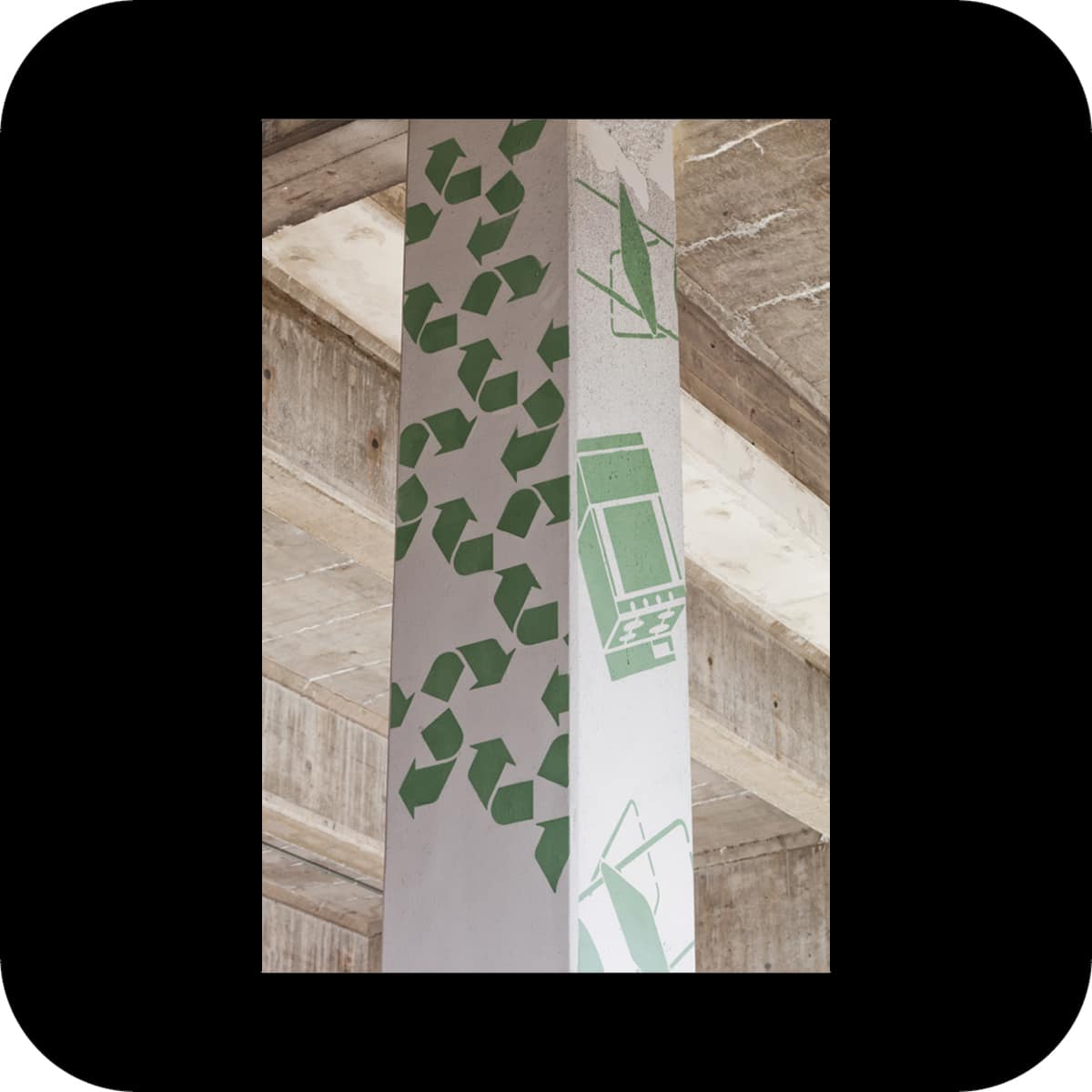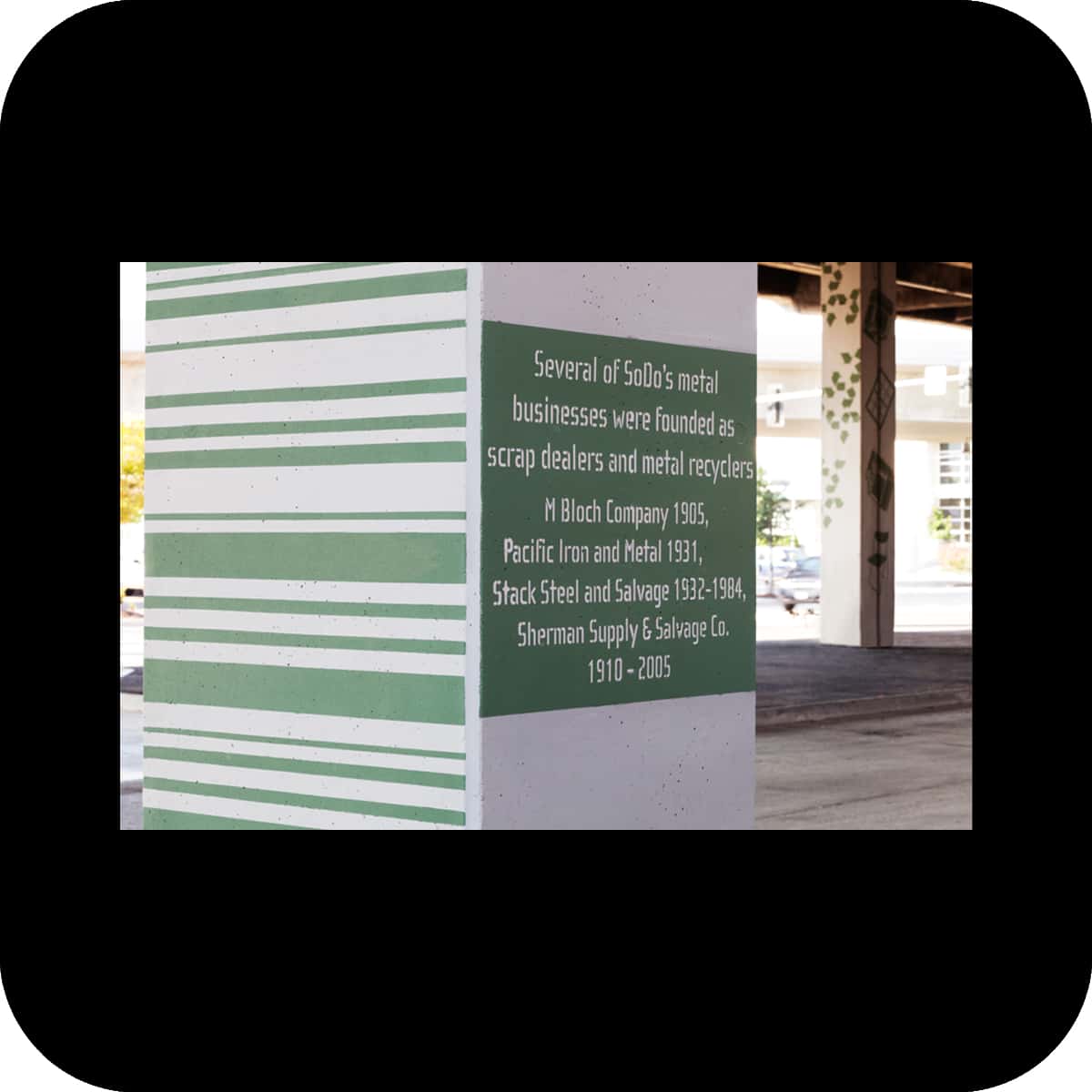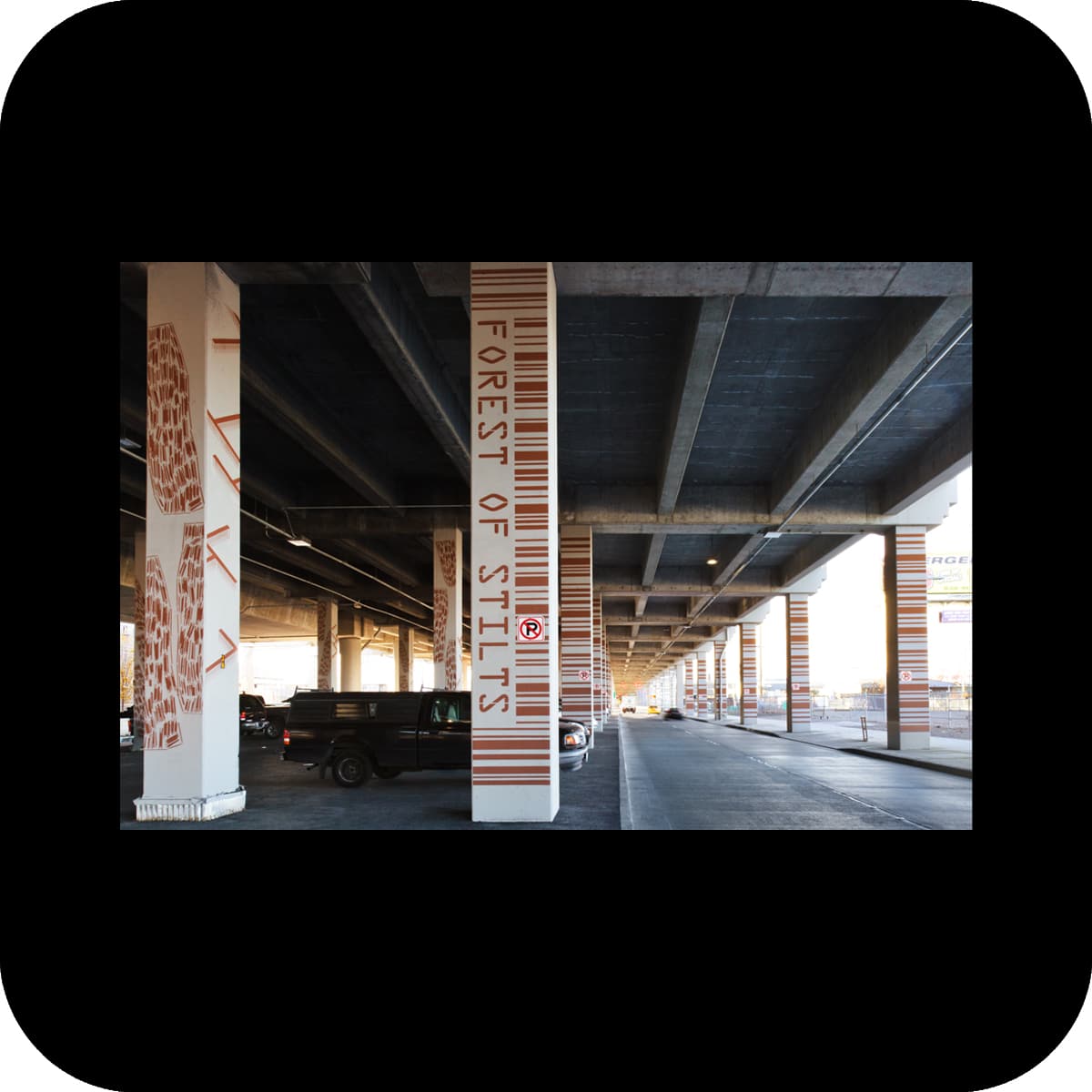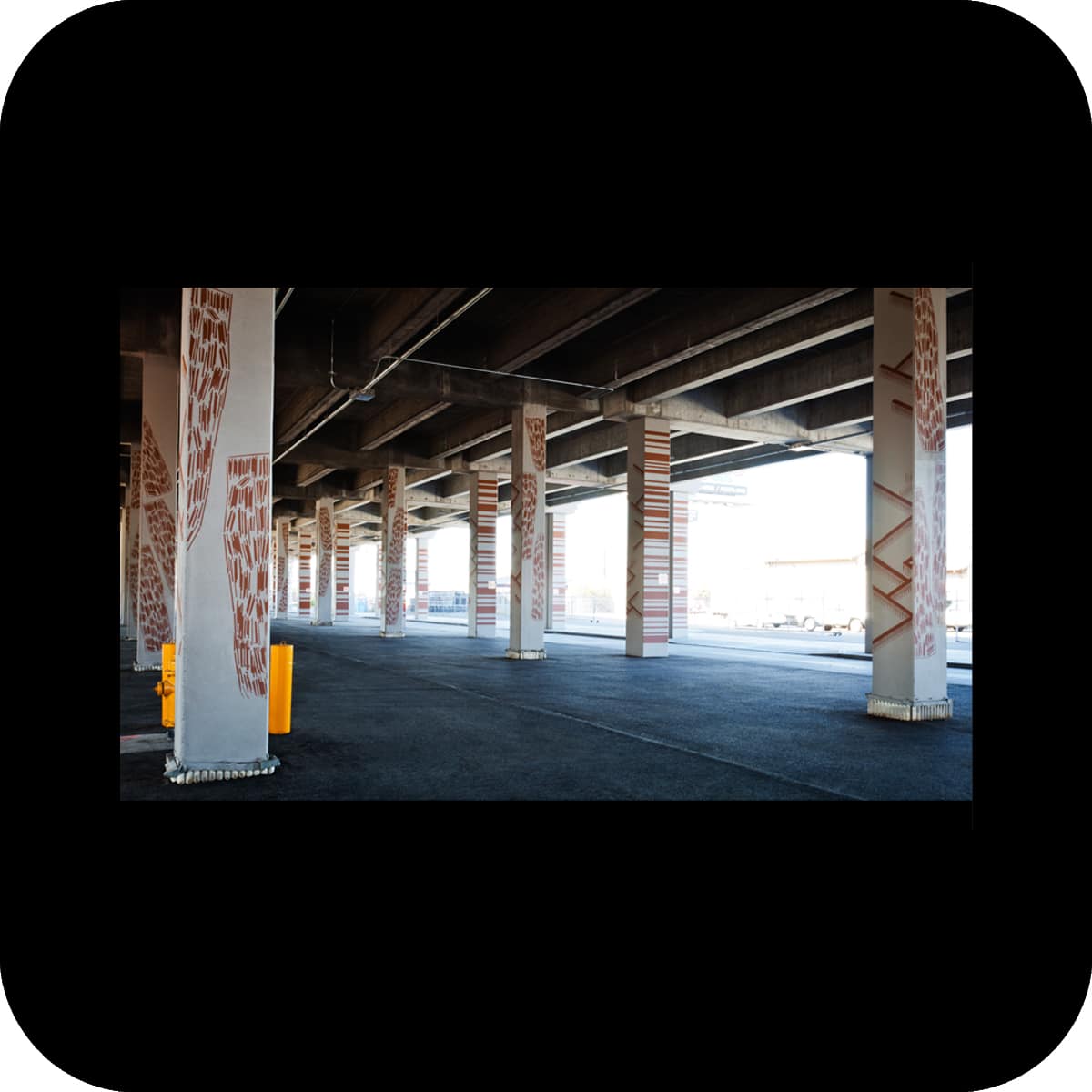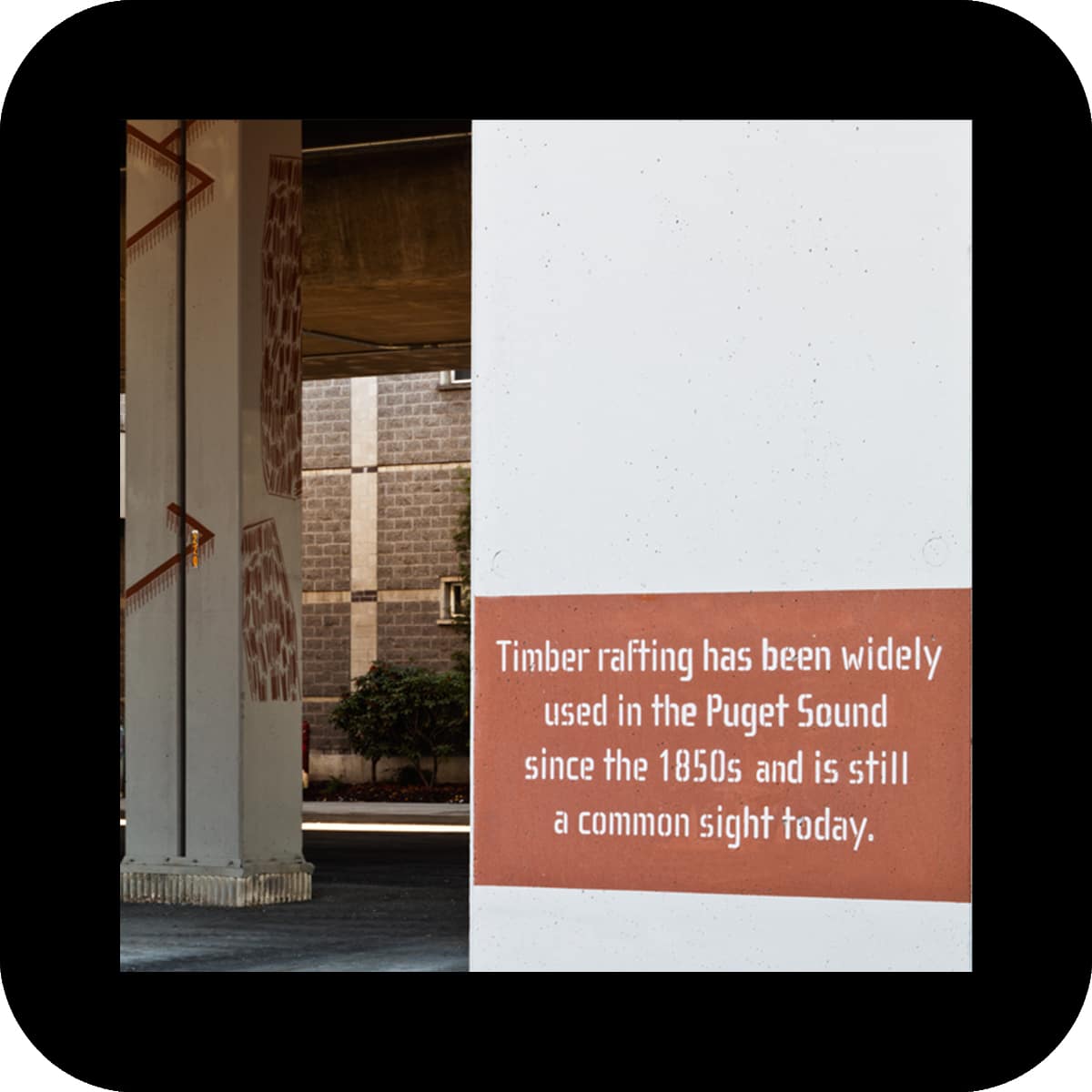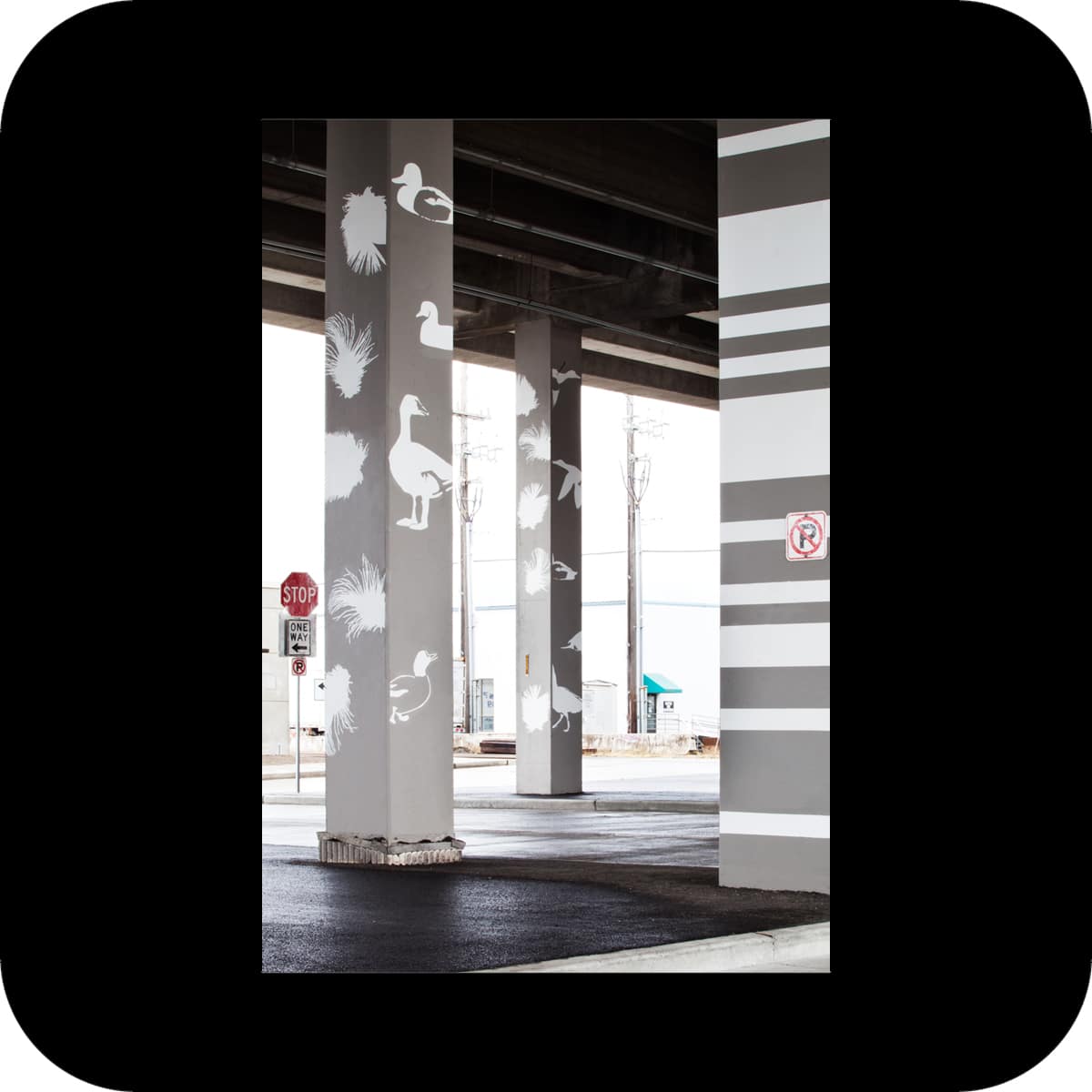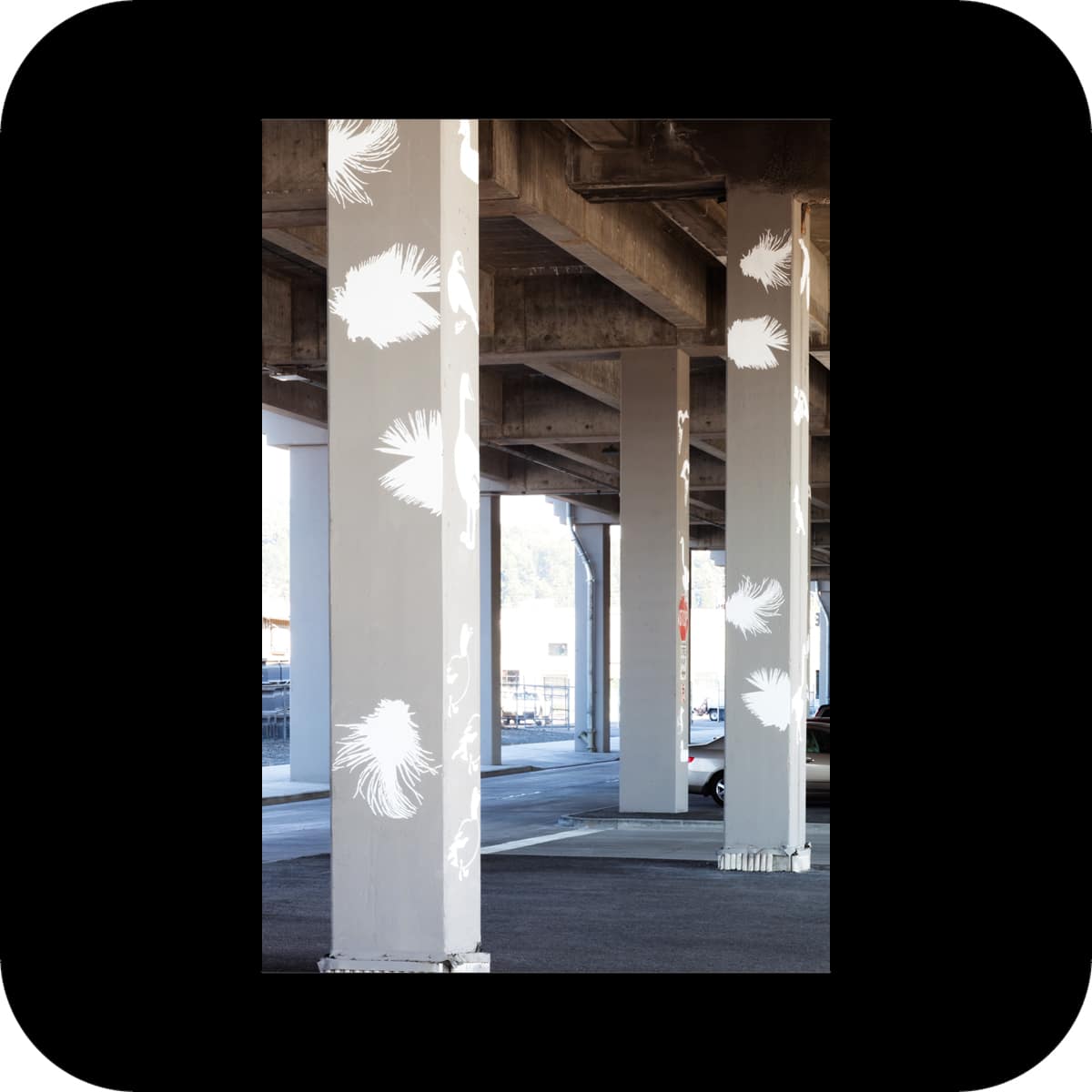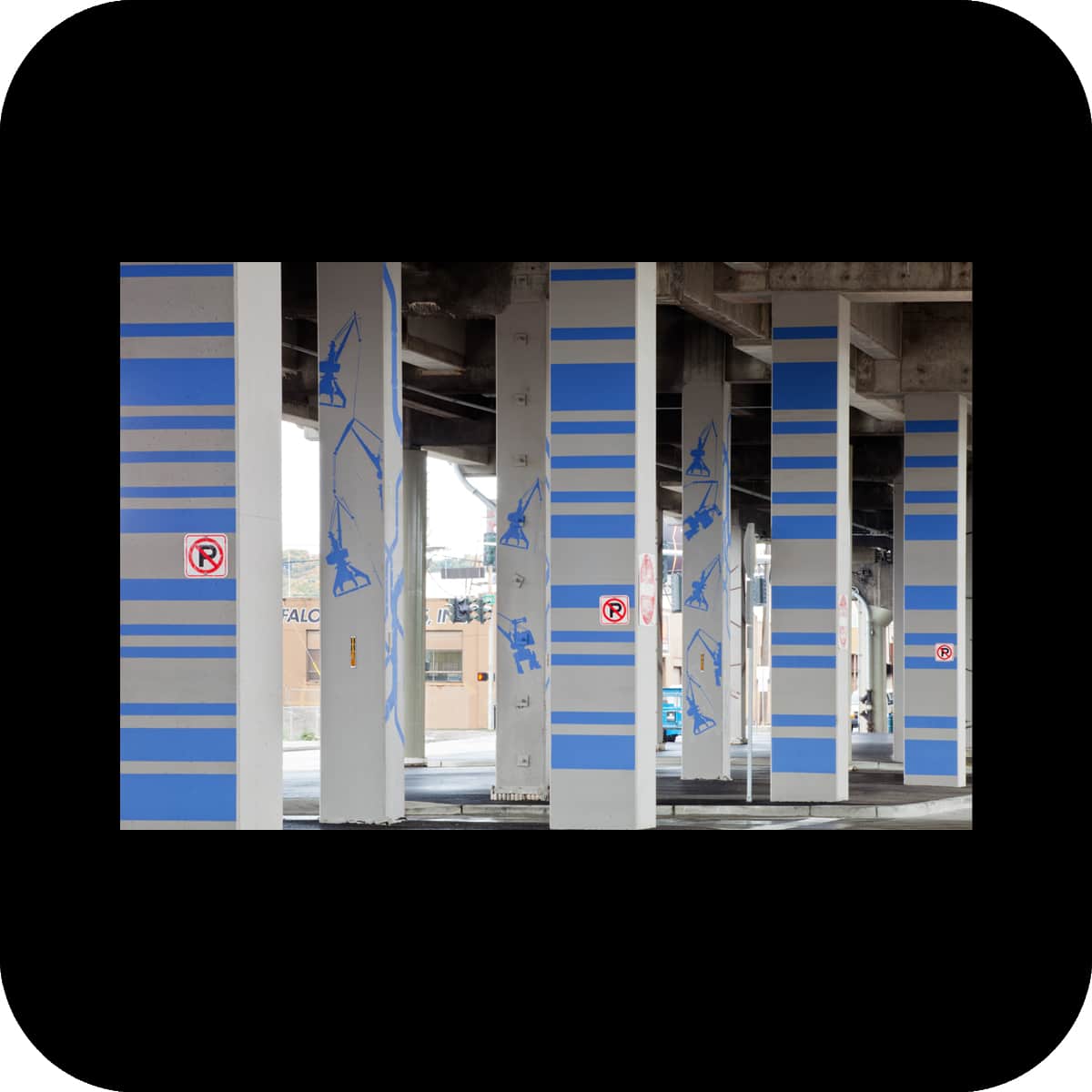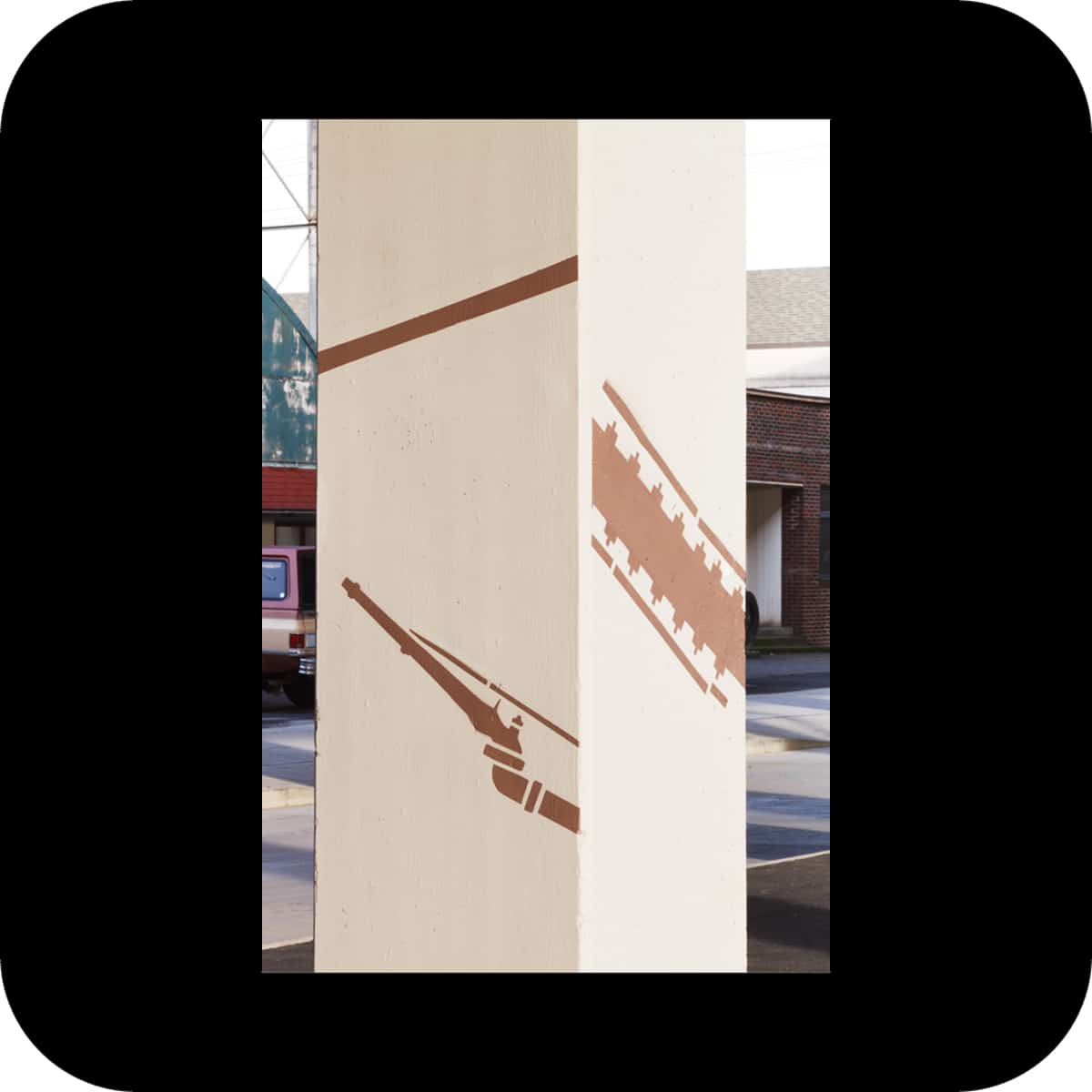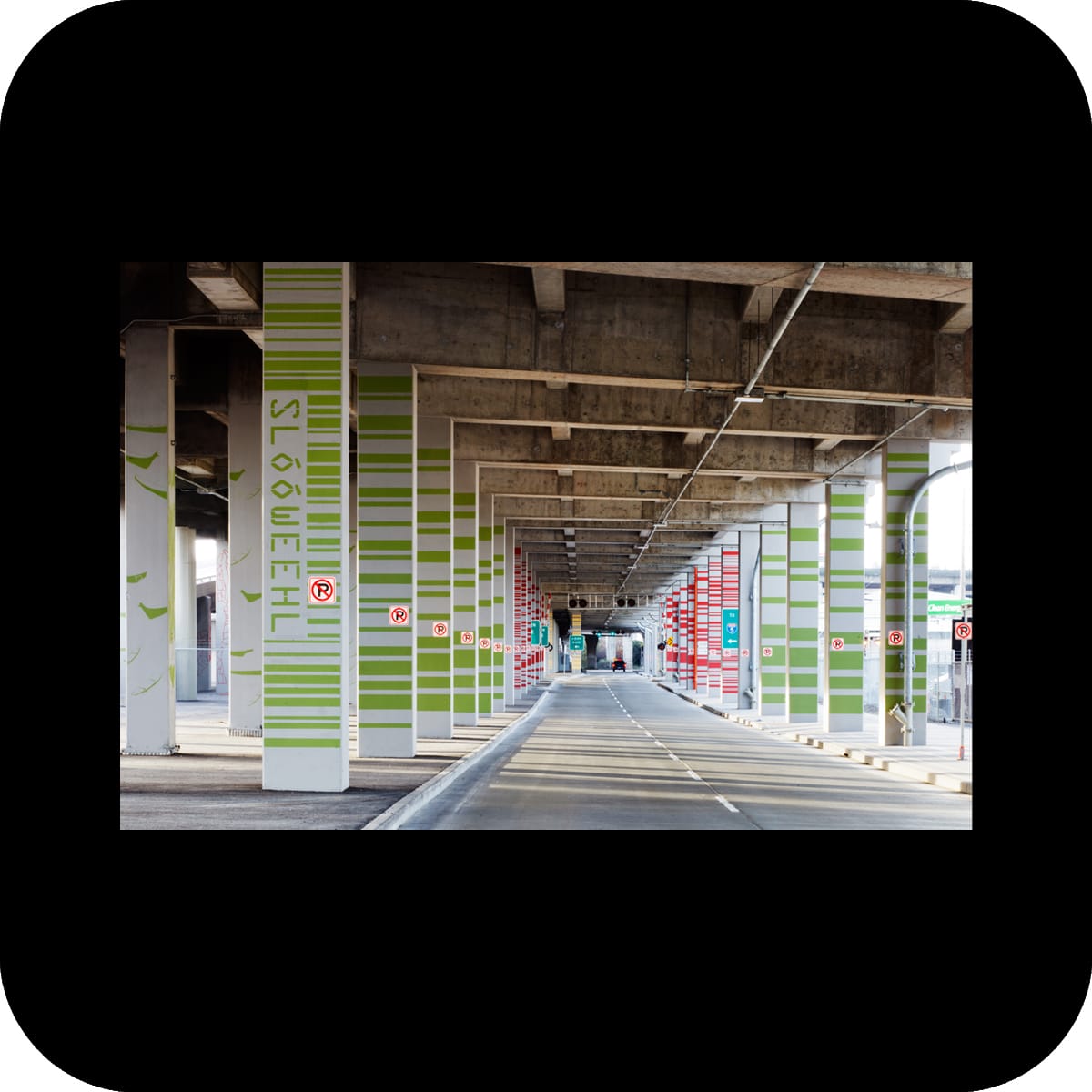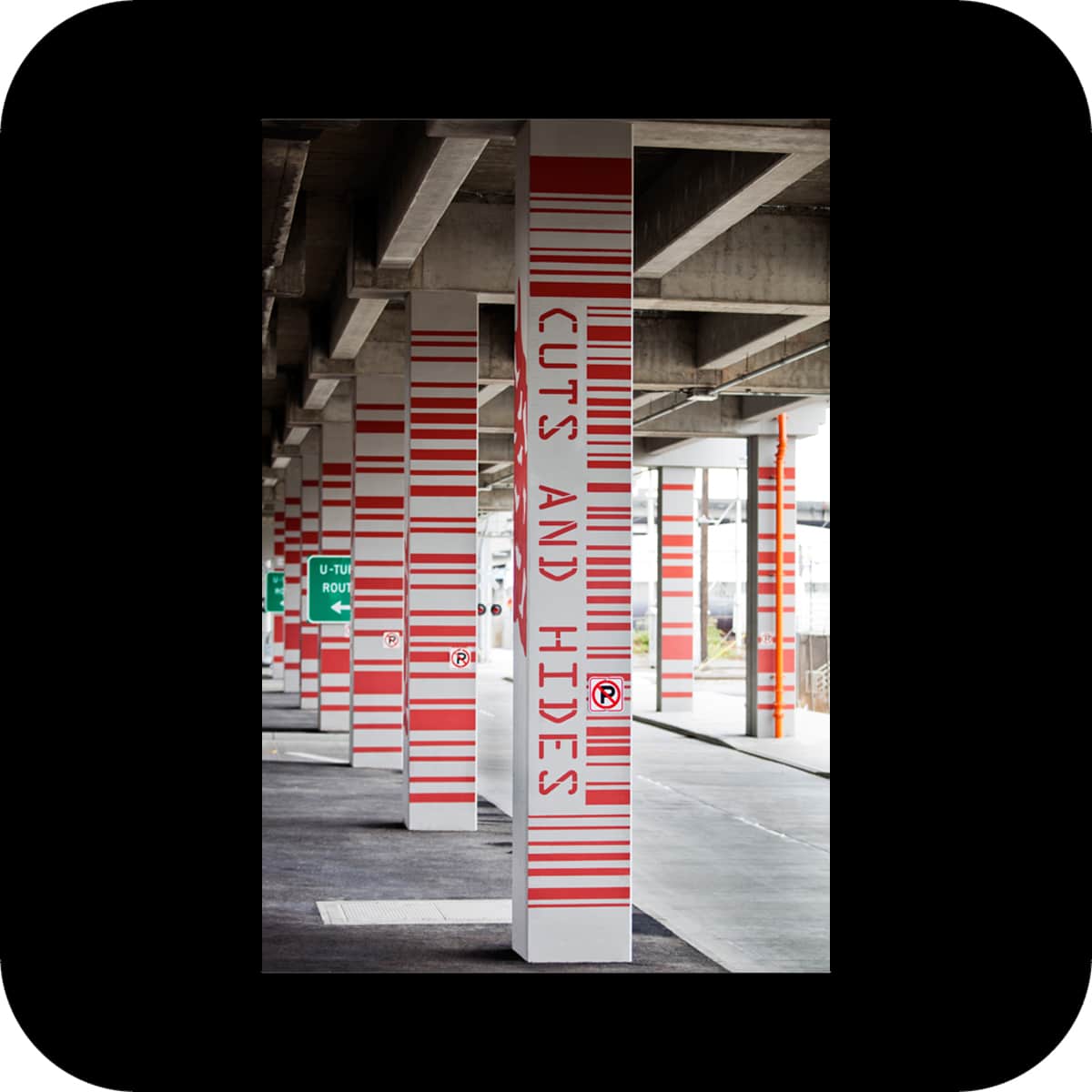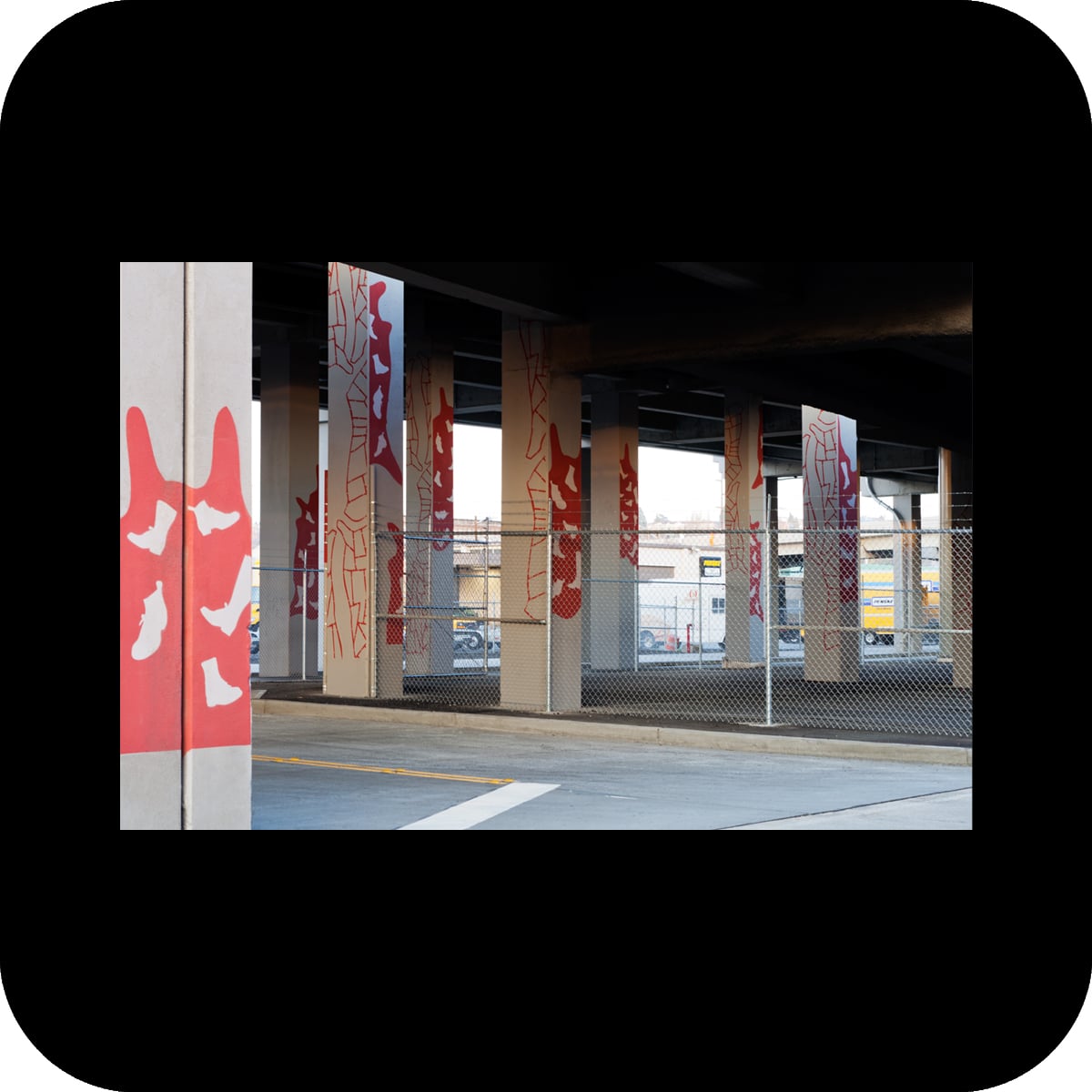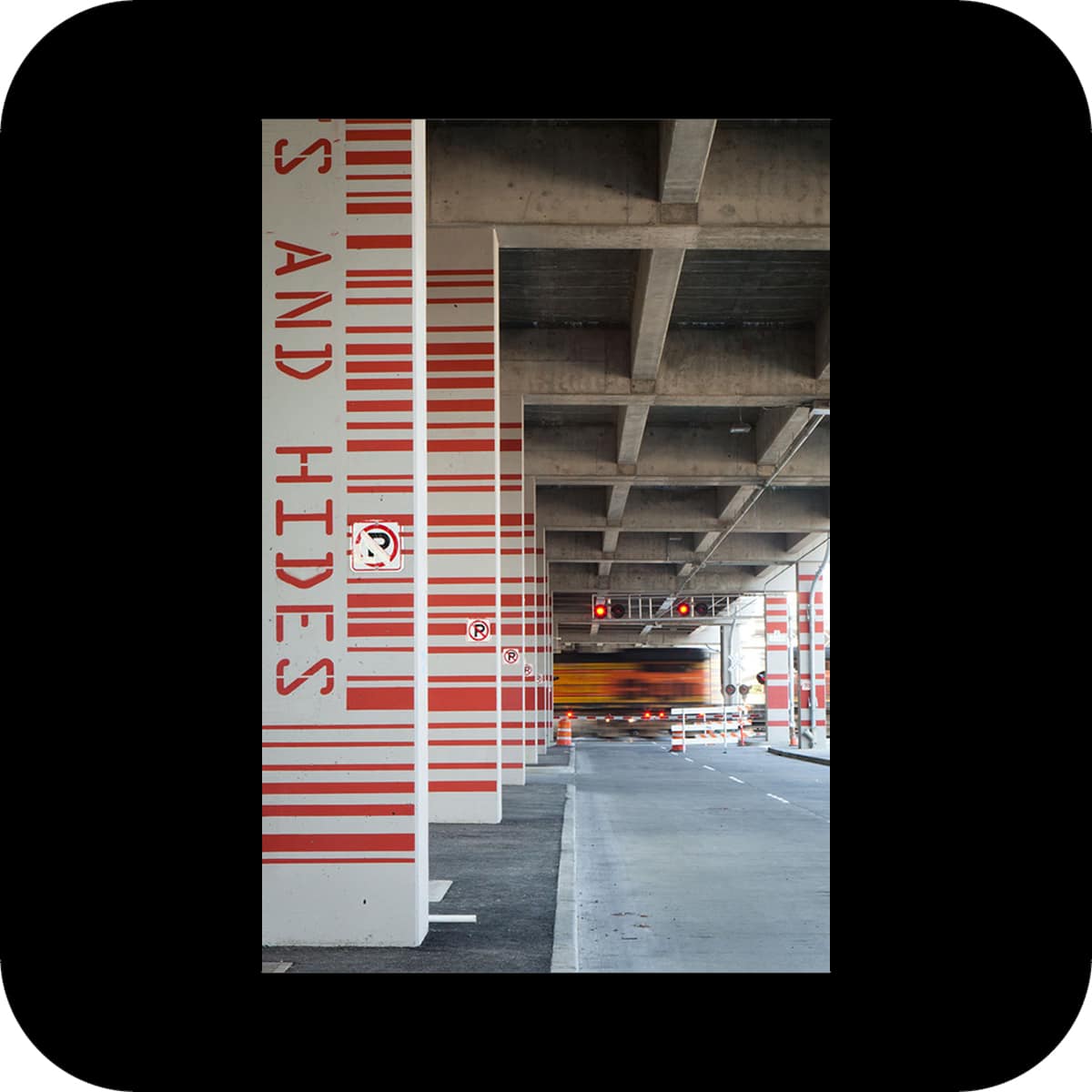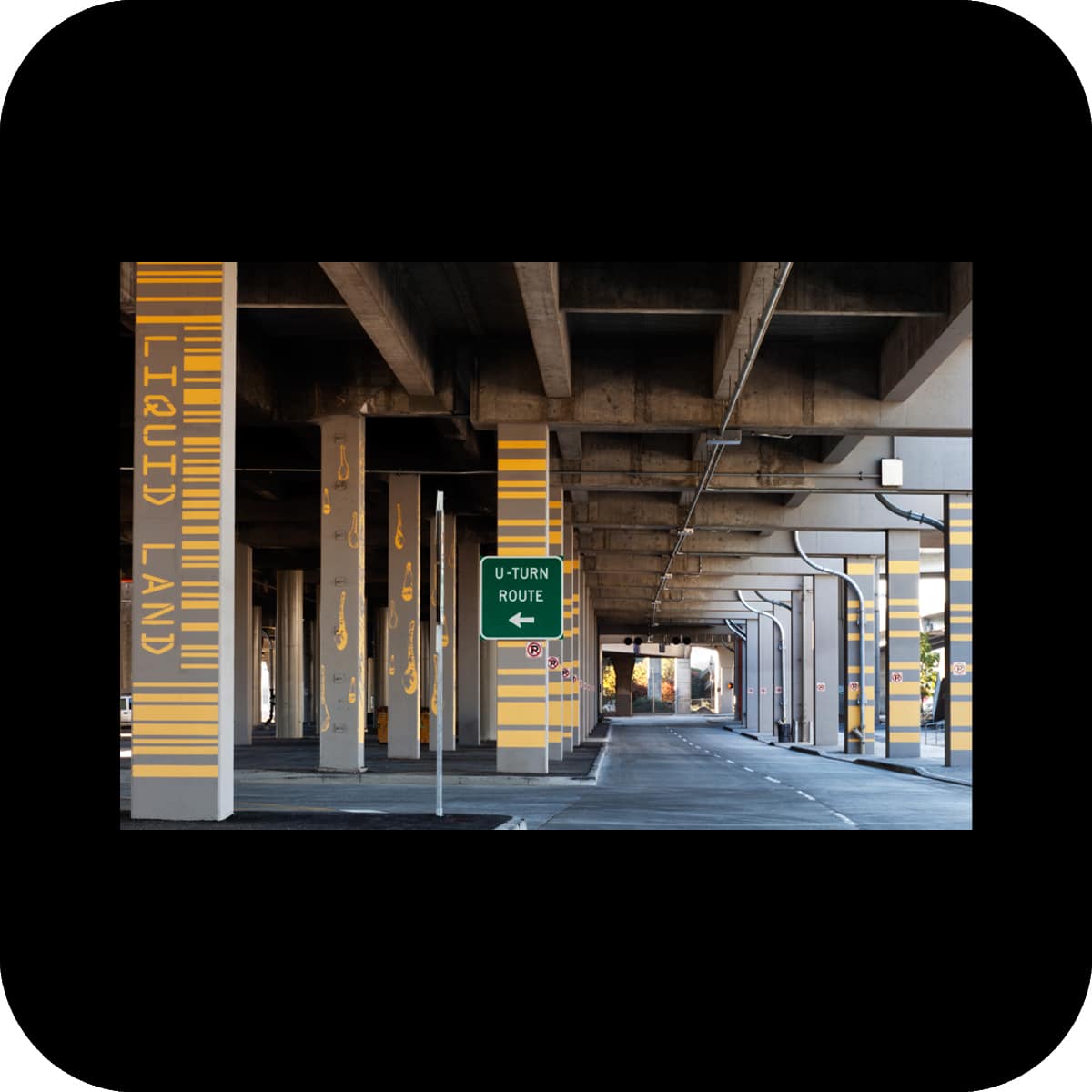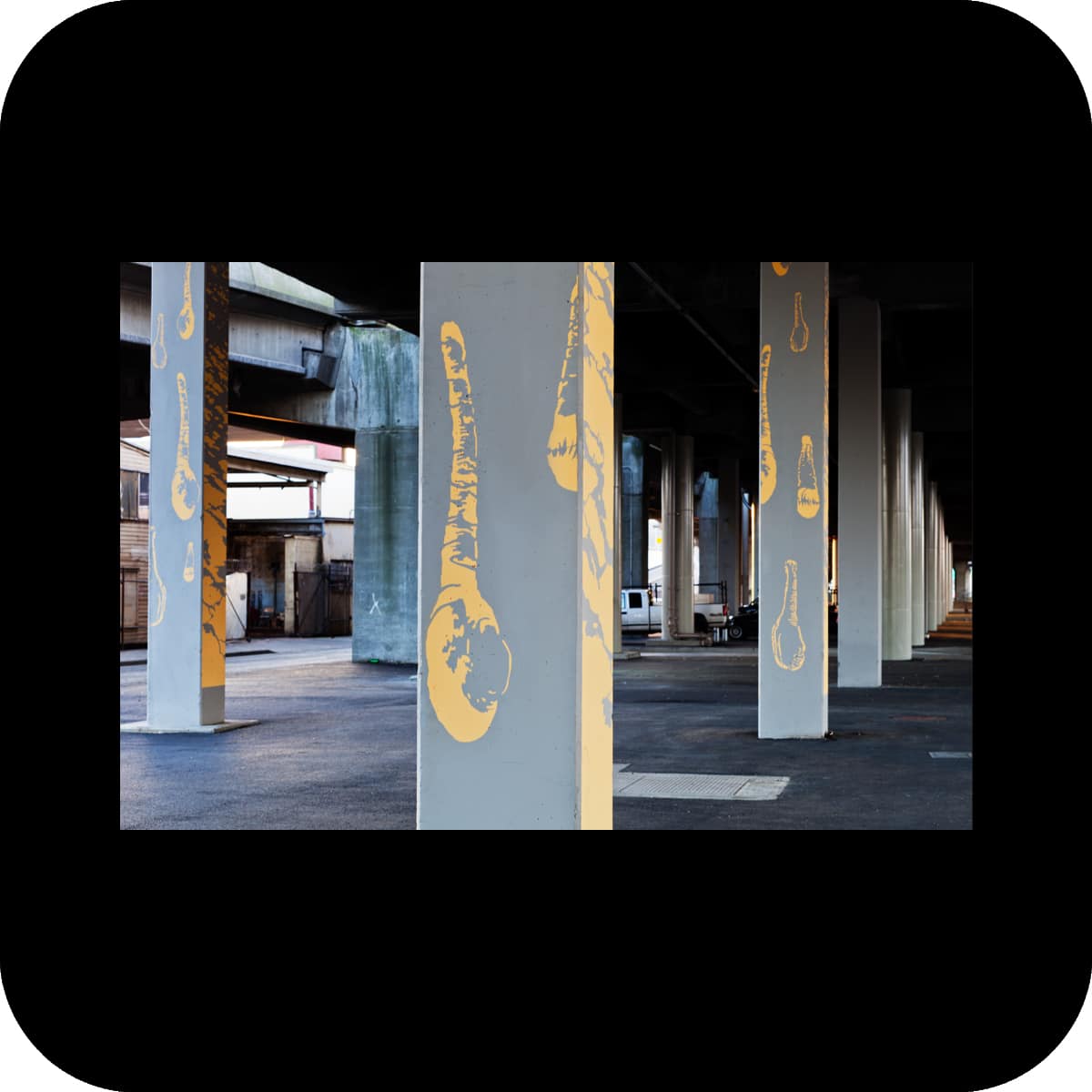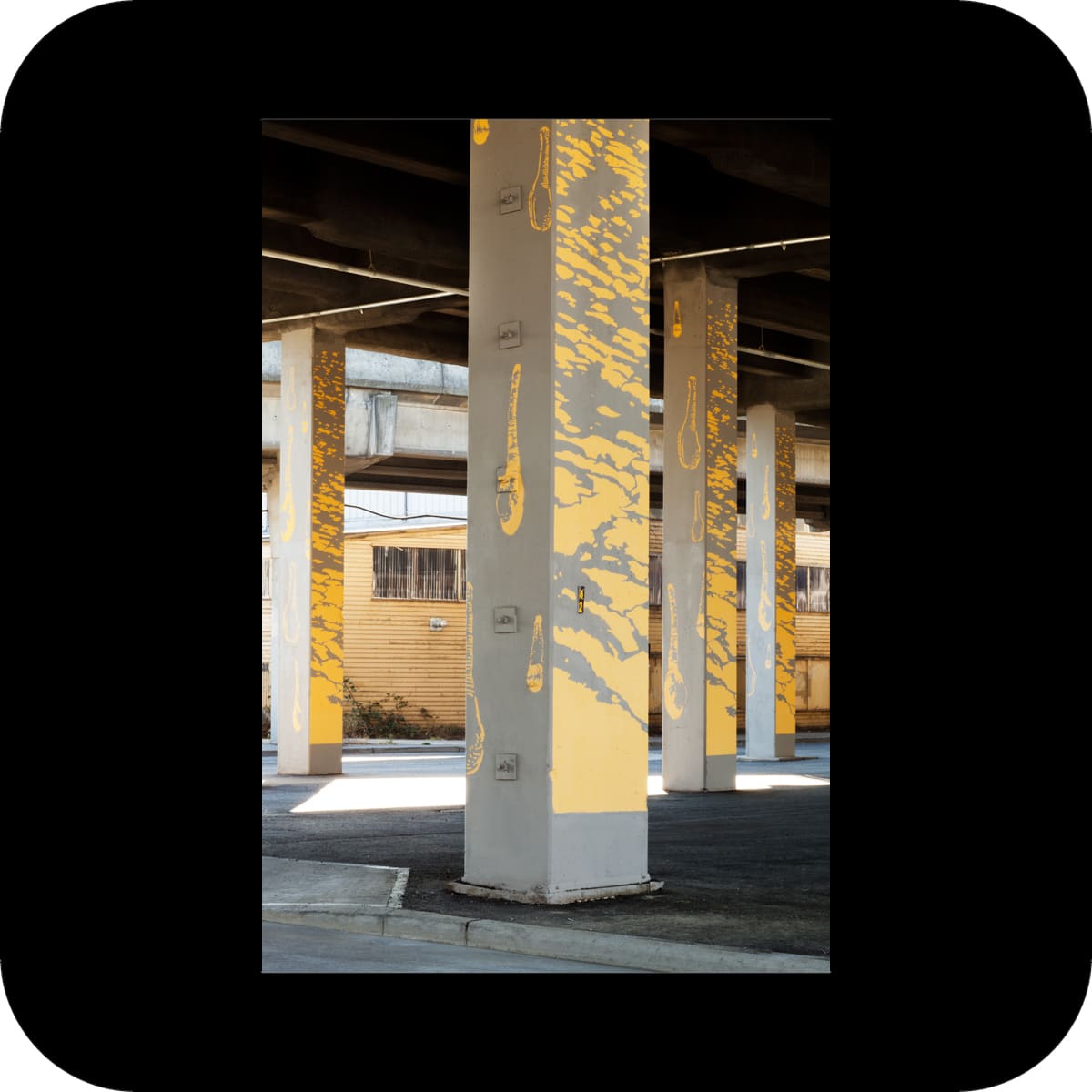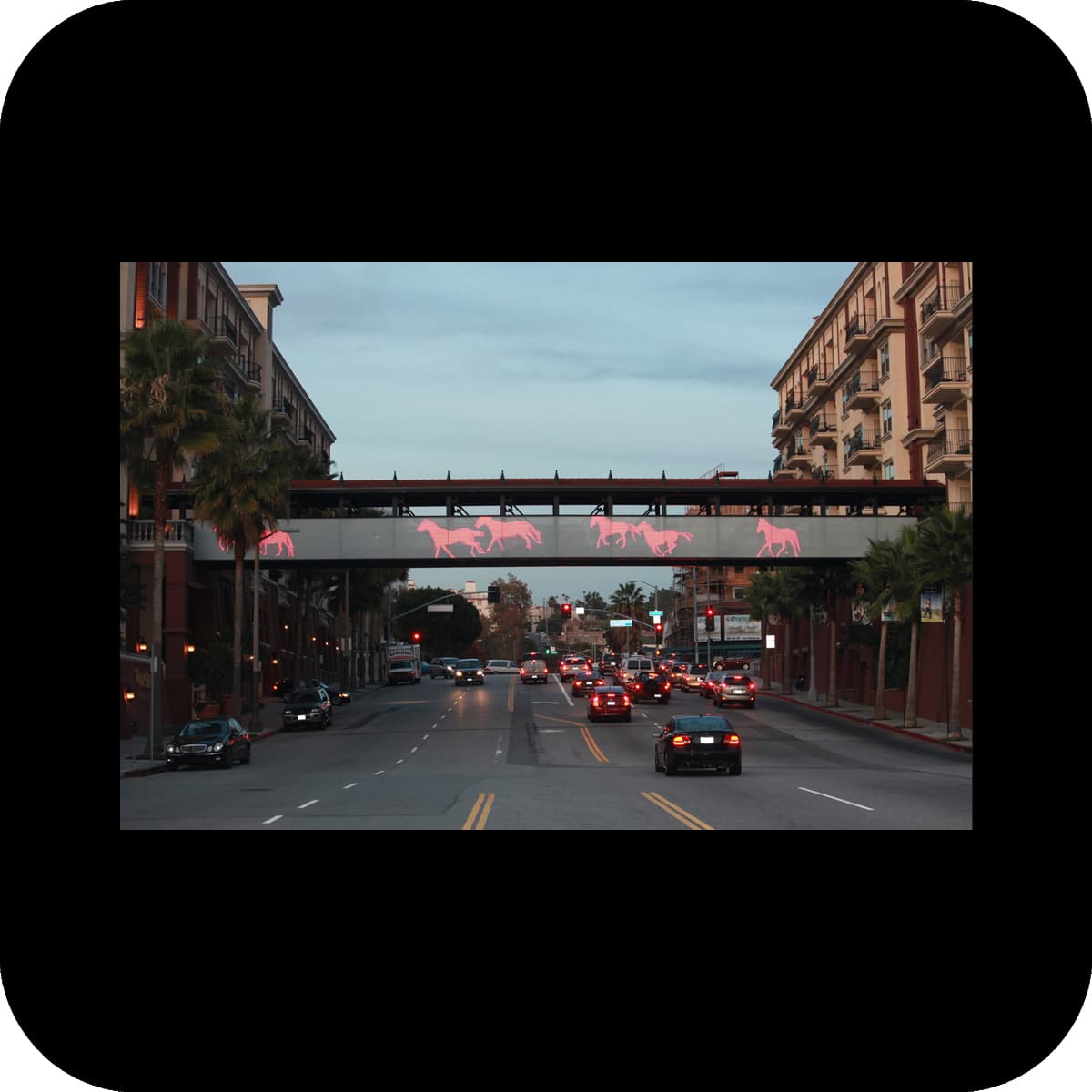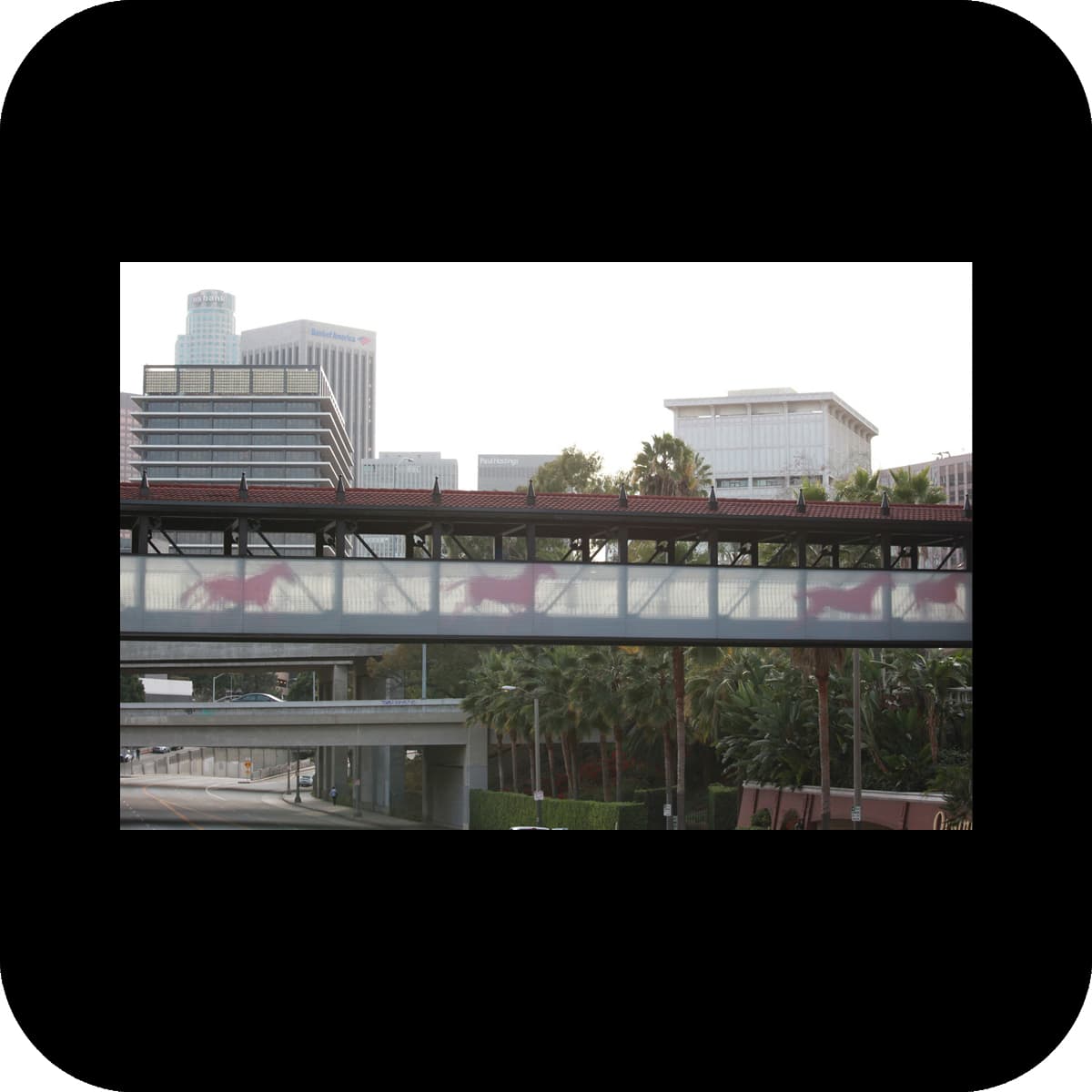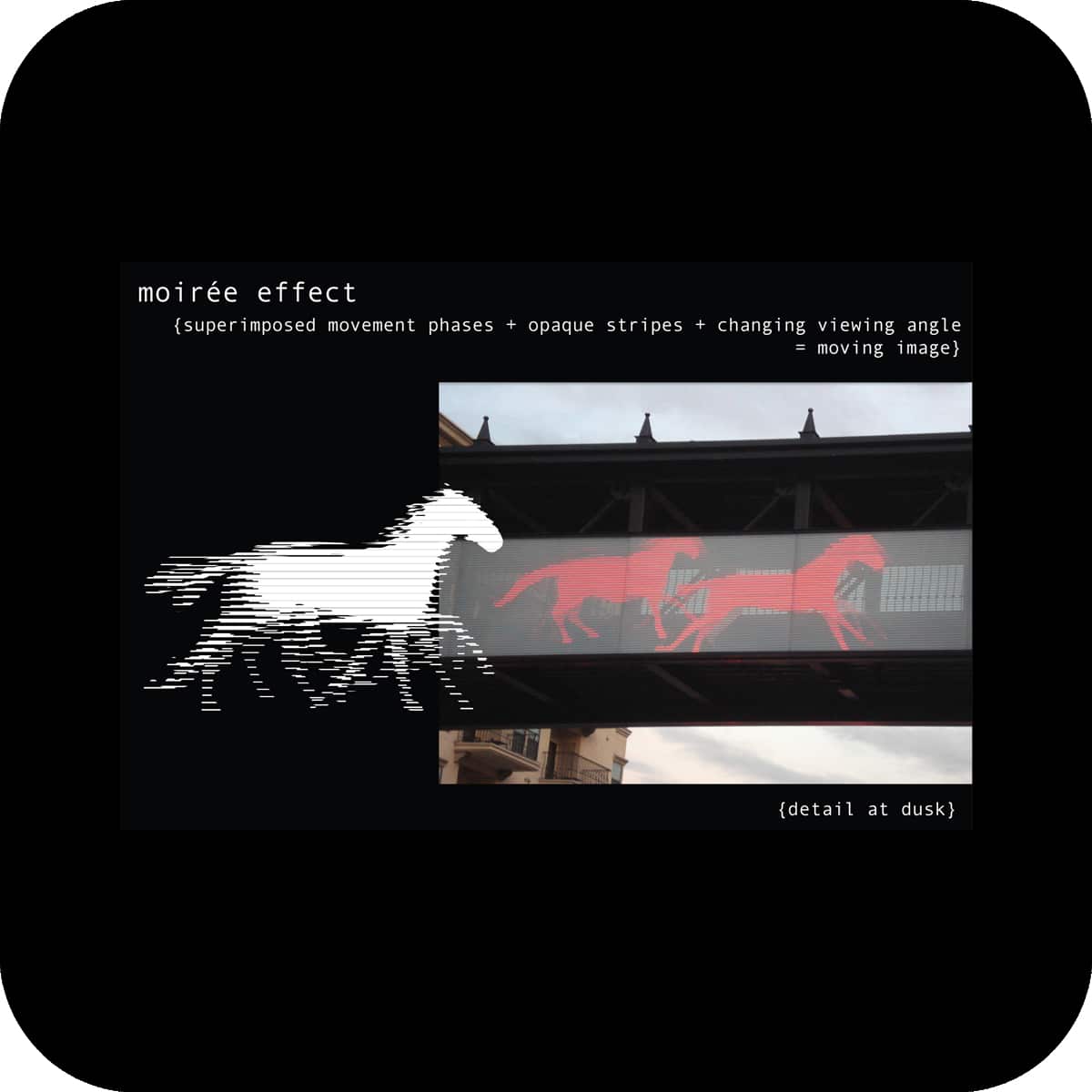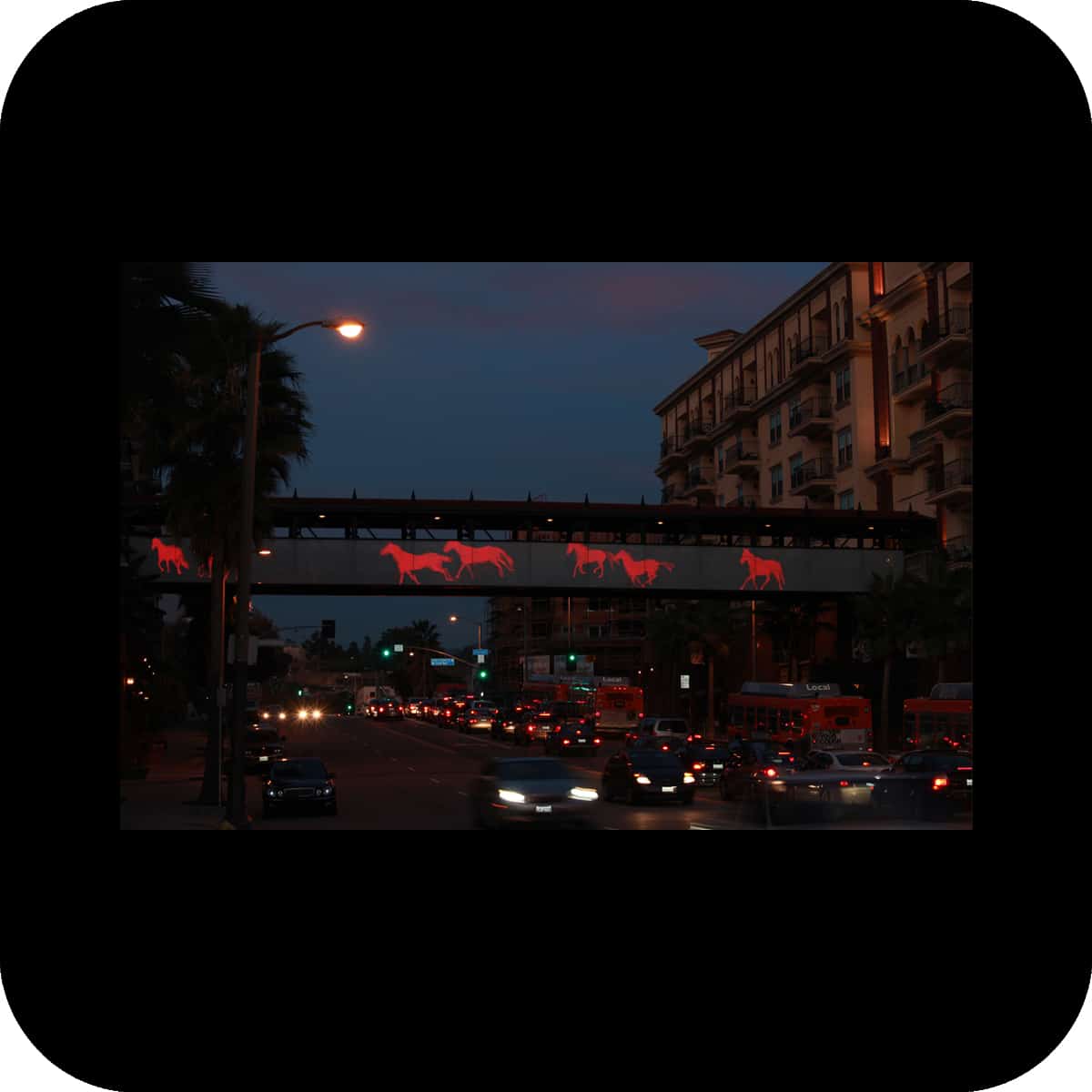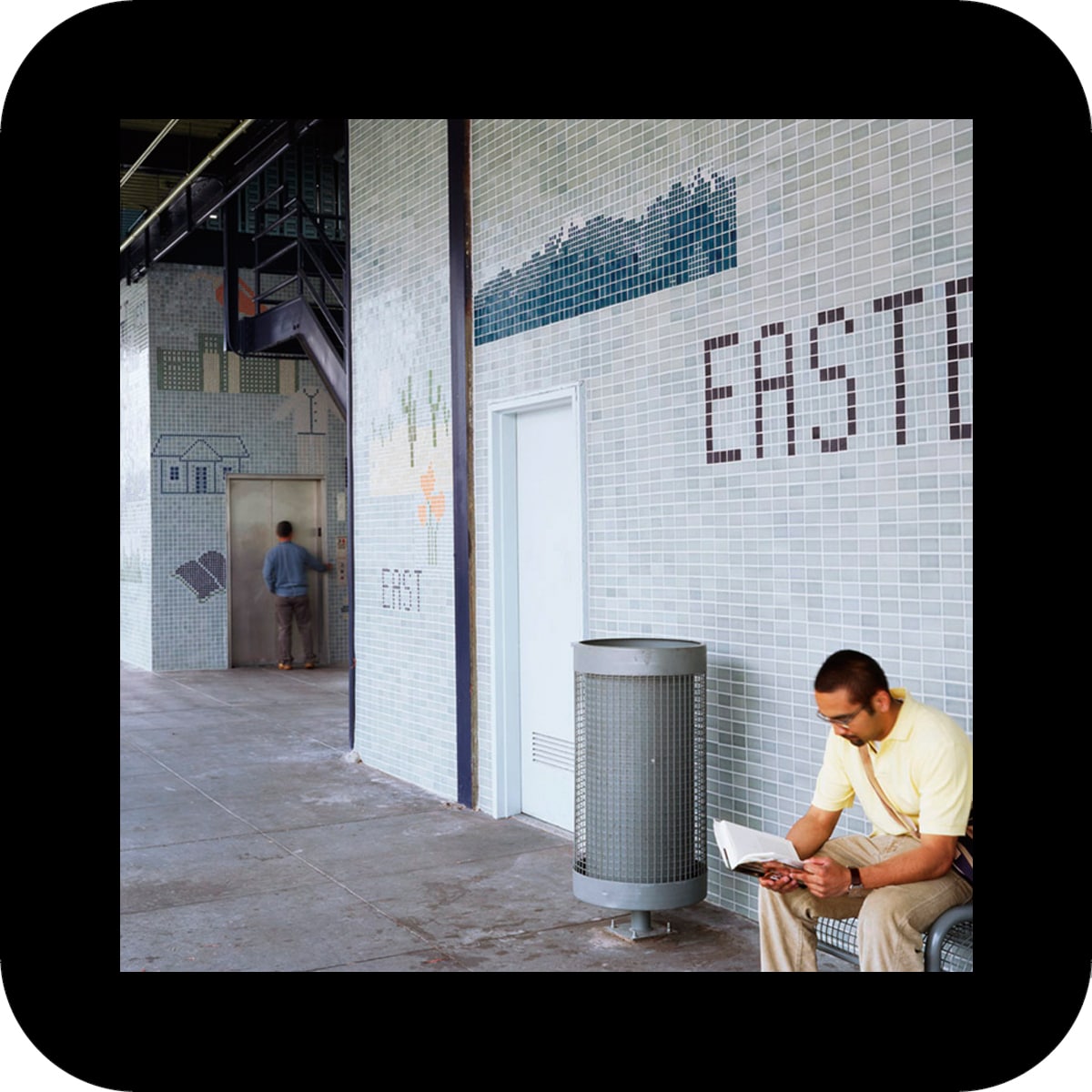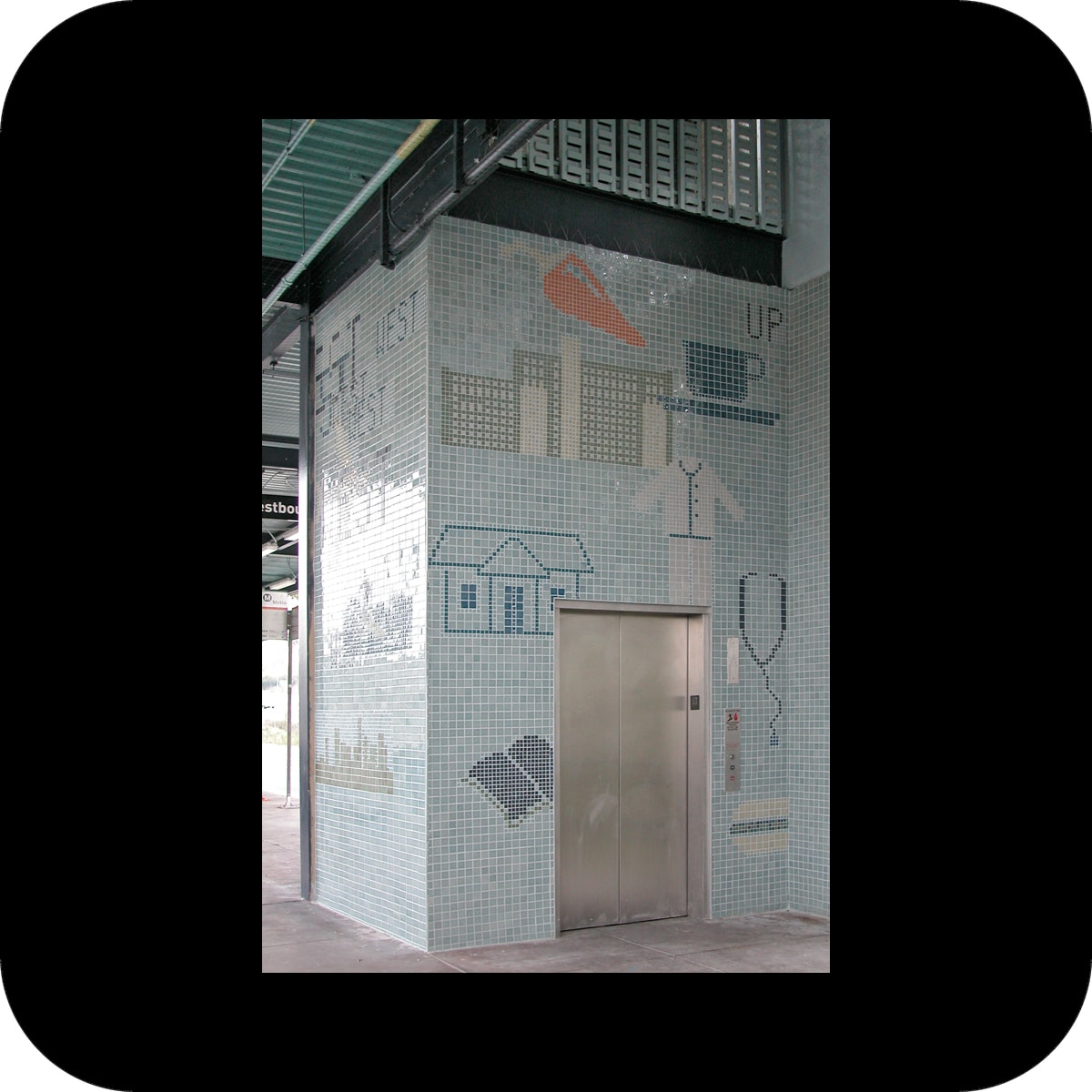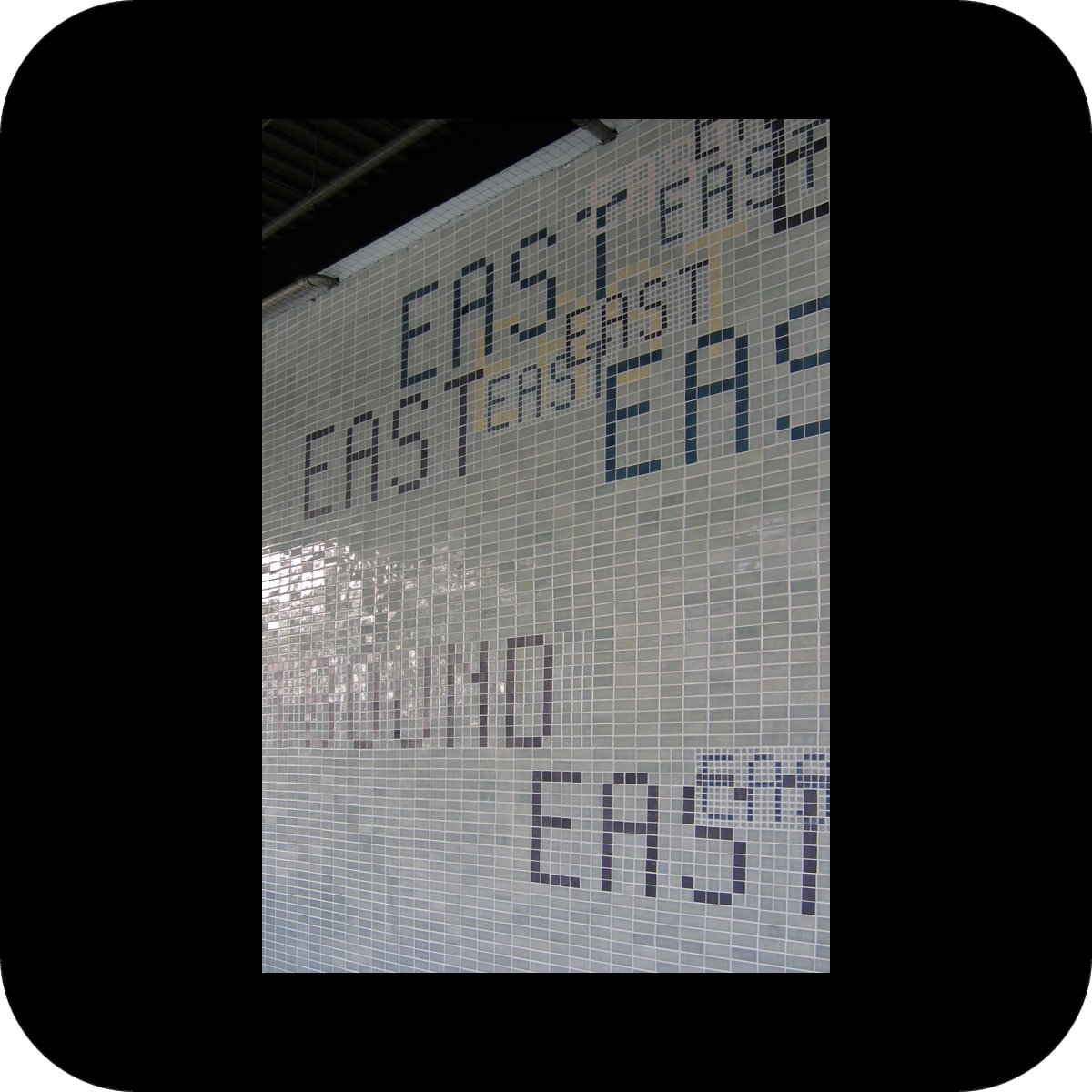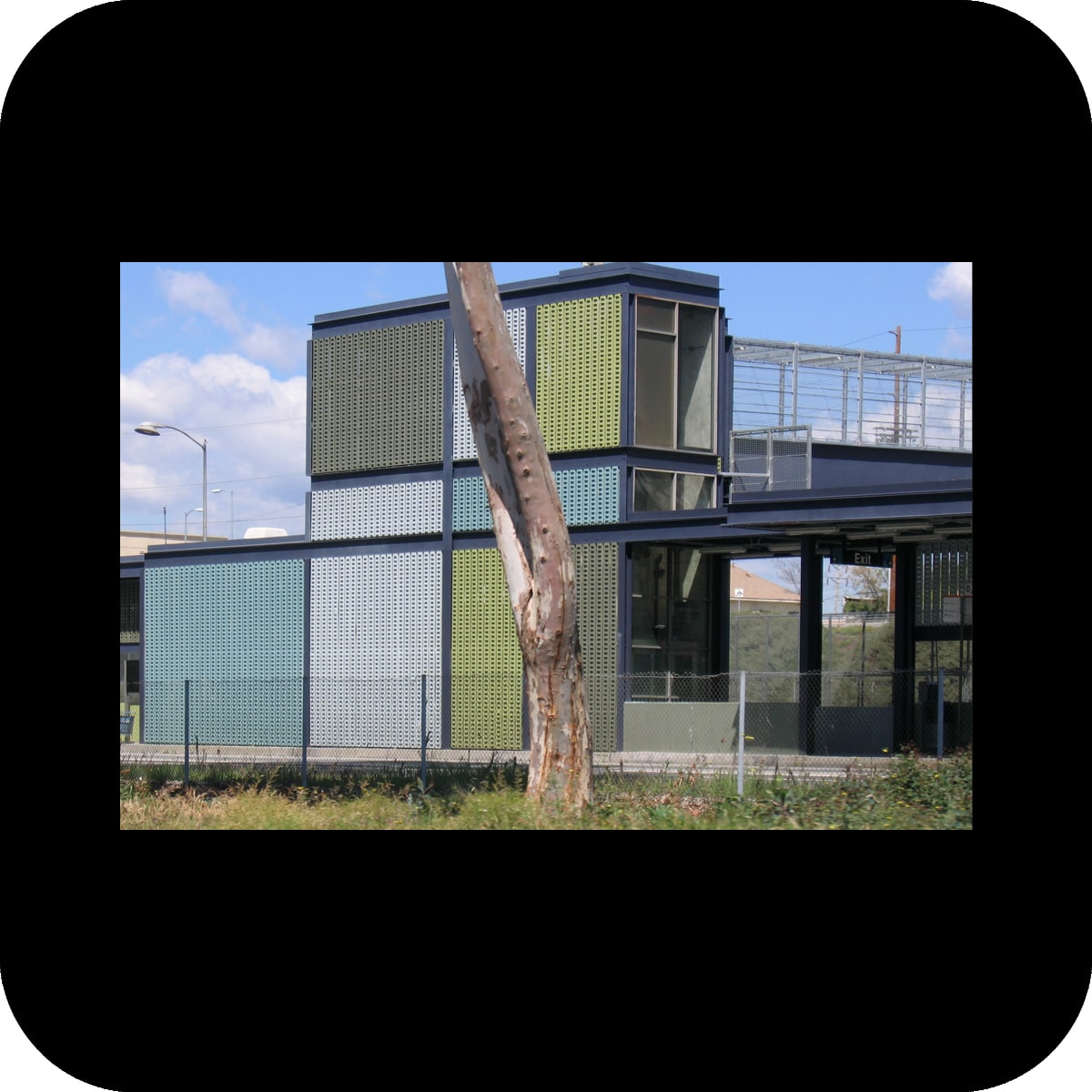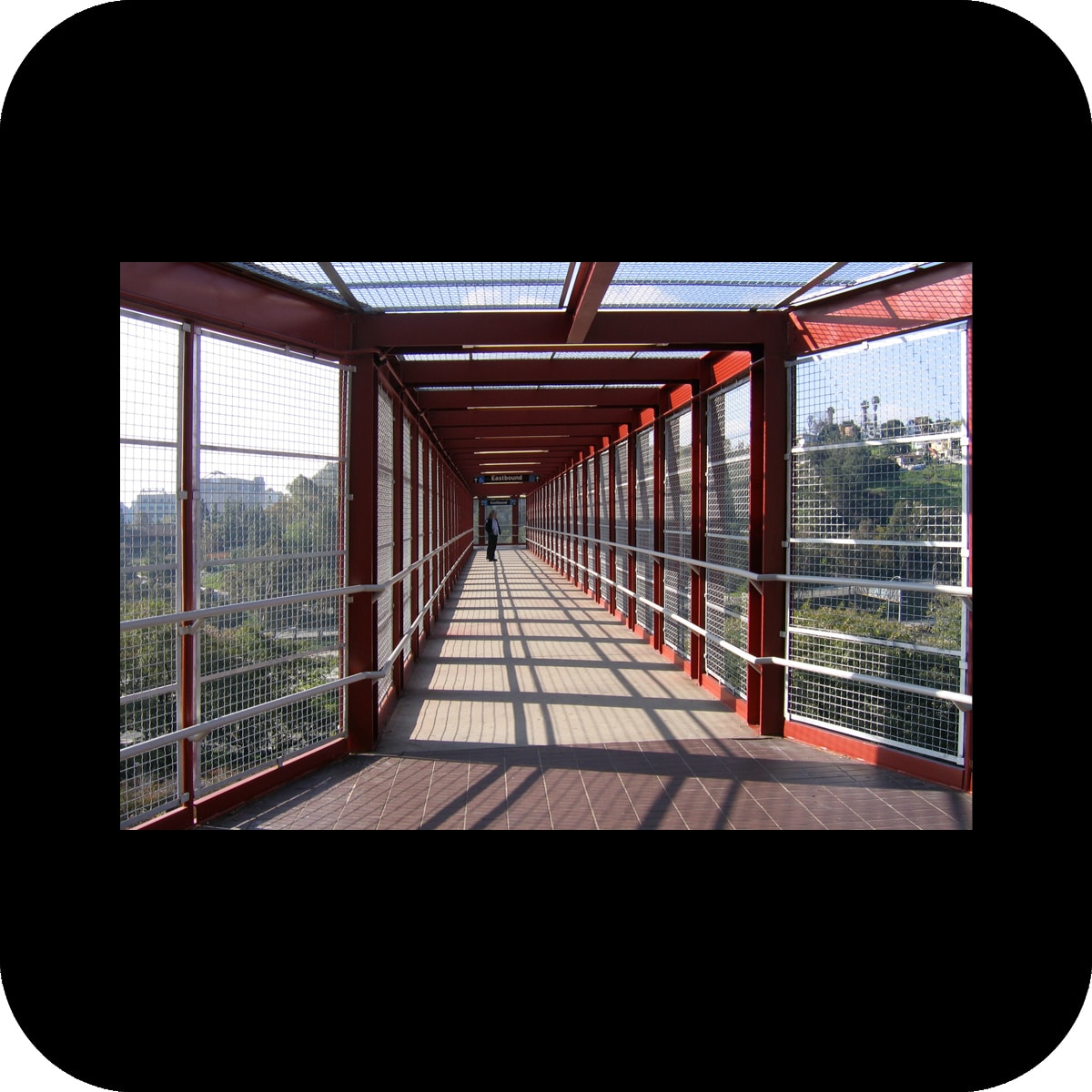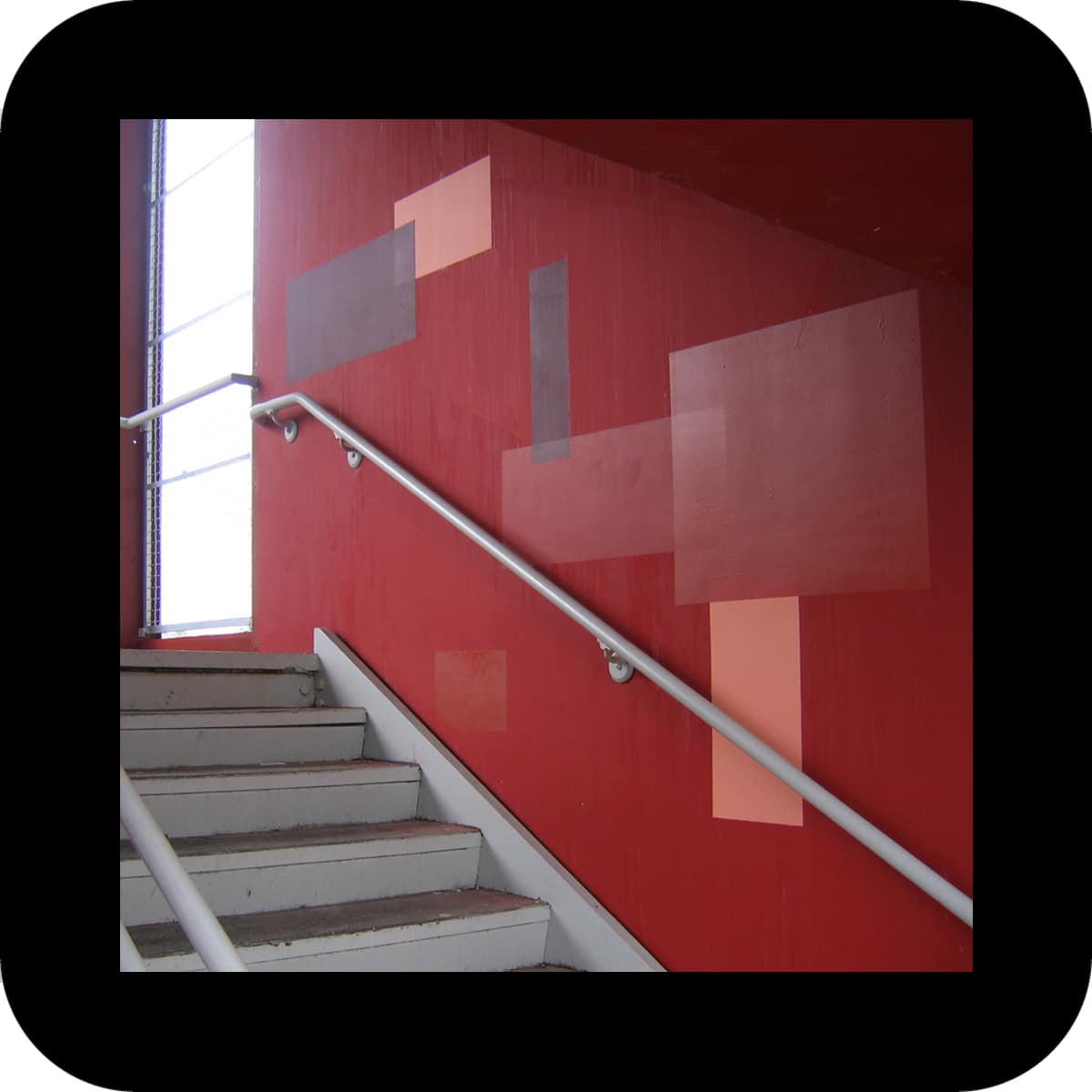re currents
re currents
permanent public art installation on the rawhide wash bridge, scottsdale road between williams drive and pinnacle peak road, scottsdale, arizona
client: scottsdale public art, city of scottsdale, arizona
size: five bent and twisted arches, 16’x25’x118’
structural engineer: structural grace
steel fabrication: magnum companies
roll forming: paramount roll forming
photos: sean deckert courtesy of scottsdale public art
the 185 feet long and 150 feet wide bridge is a simple concrete platform. neither the elevation nor the amount of traffic lanes change on the bridge. the wash bed is dry the majority of time. all these factors obscure the perception of a major waterway. in order to bring the presence of a waterway back into consciousness of passersby we created an undulating wave-like structure that spans over the 14 feet wide pedestrian, equestrian and bicycle path on the east side of the bridge. this wave-like structure is reminiscing of the front wave of a flash flood.
the structure consists of 5 steel ribbons that were rolled and twisted to arch from the southern portion of the bridge edge to the northern portion of the vehicle barrier. each ribbon takes on a slightly different shape.
different types of passersby have a different perception of the artwork according to their mode of travel: the majority of viewers of the artwork are motorized. to them, the piece stands out as a landmark and transforms with the viewer’s changing perspective: the structure appears dynamic, since the front and back layers of the different shaped ribbons creates a moiré effect when viewed in passing. on the other hand, the public art piece enhances the pedestrian and bicyclist experience by creating a more sheltered and interesting space: they move through a multi-dimensional space created by the arches above and their shadows on the ground.

